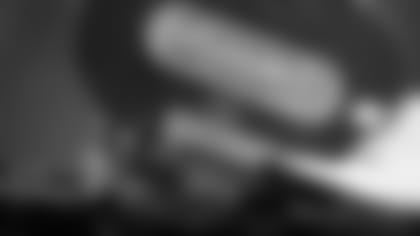Take a look at some of the best photos of the Broncos 76 Pro Bowlers through the years. (Photos by AP)

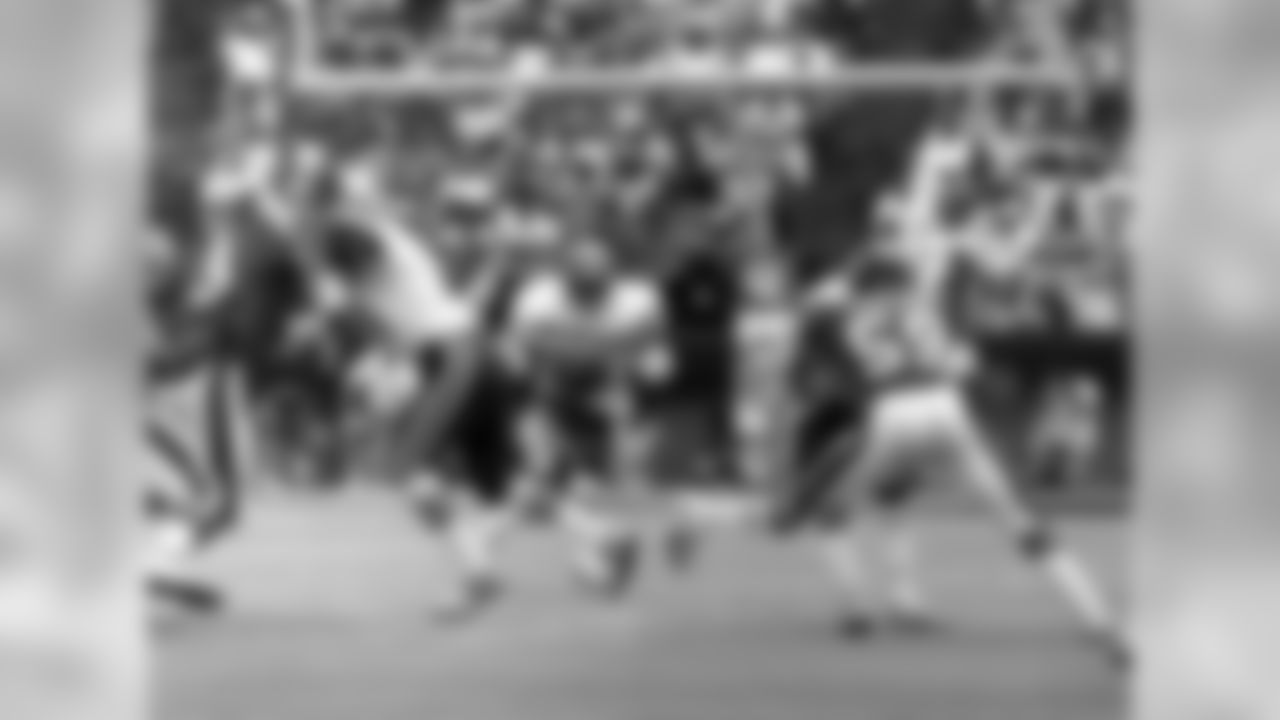
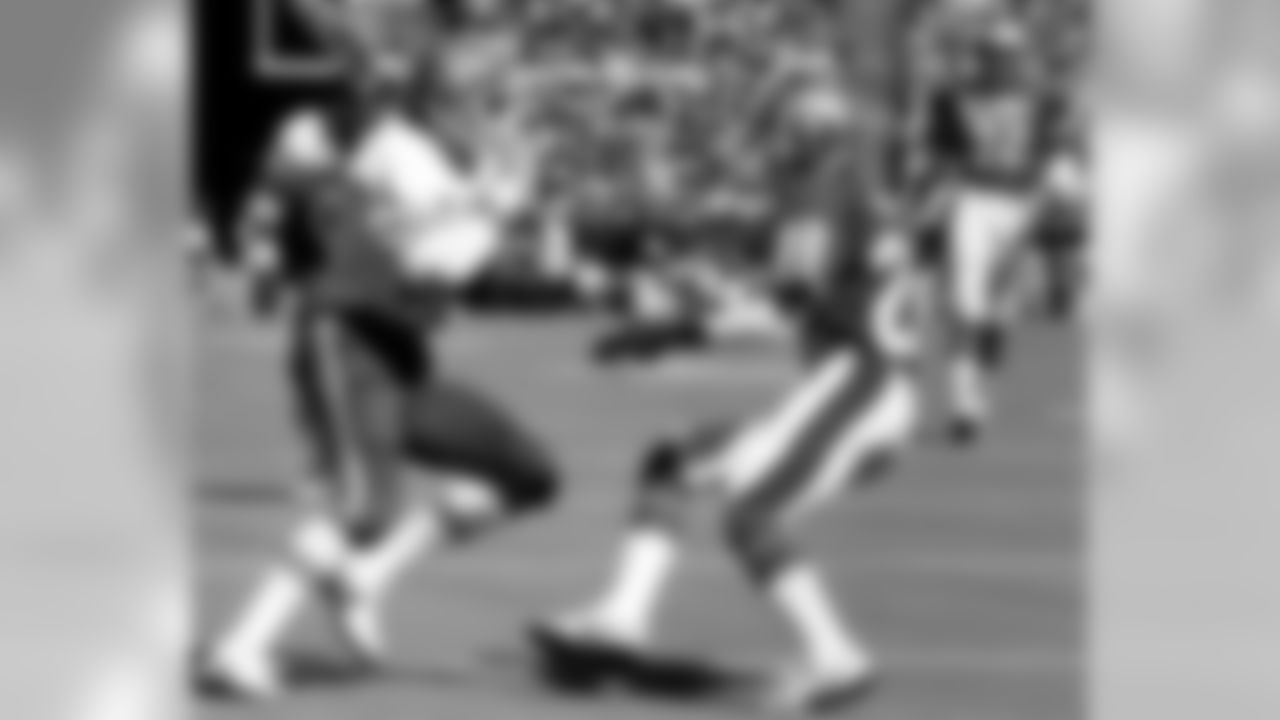

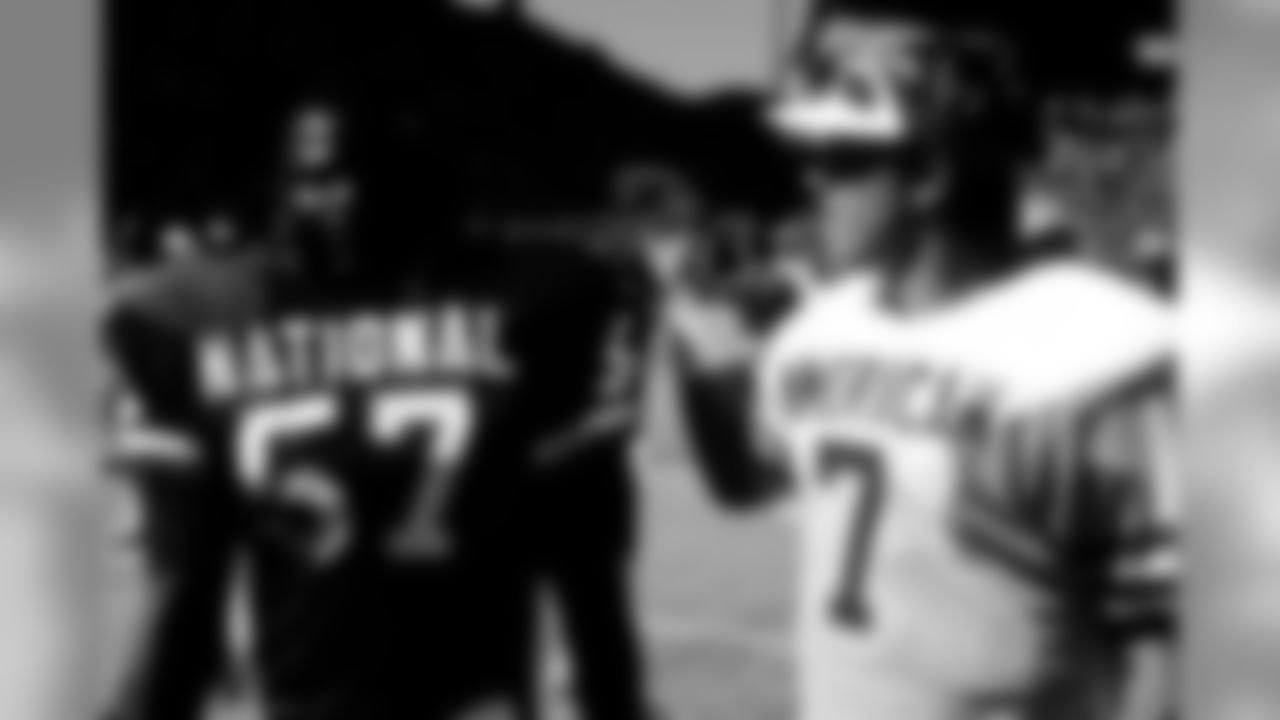
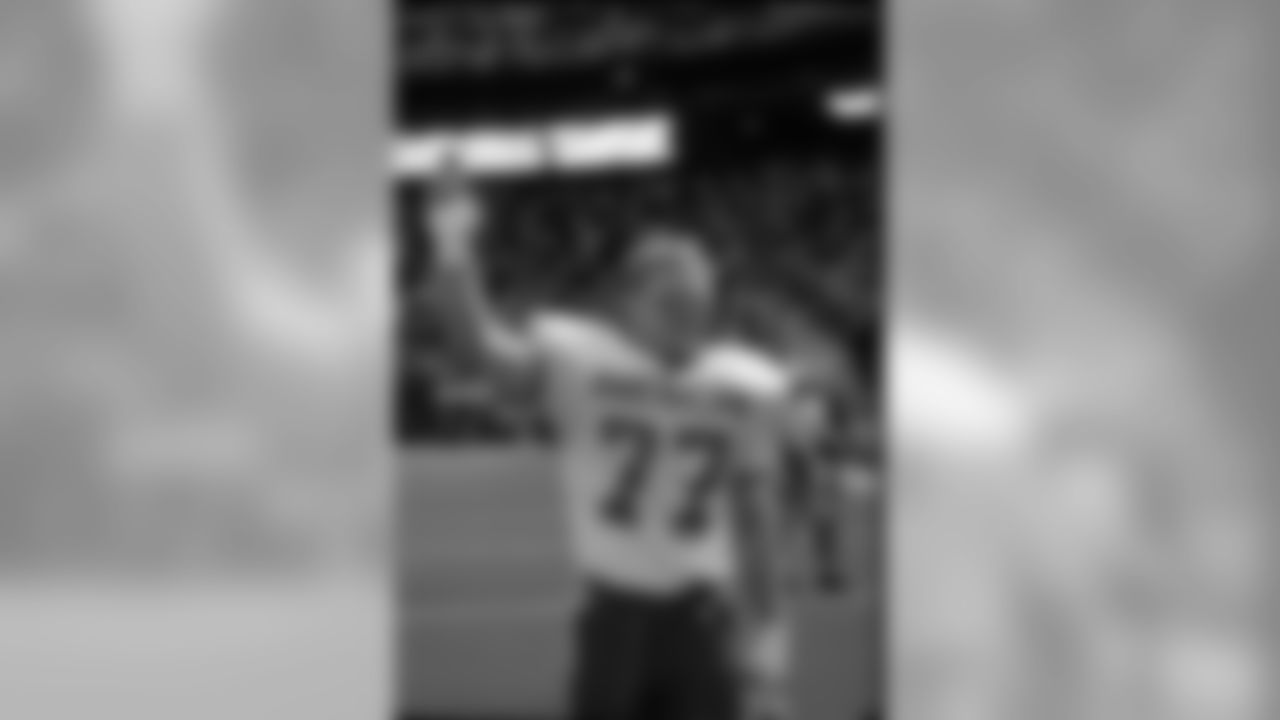
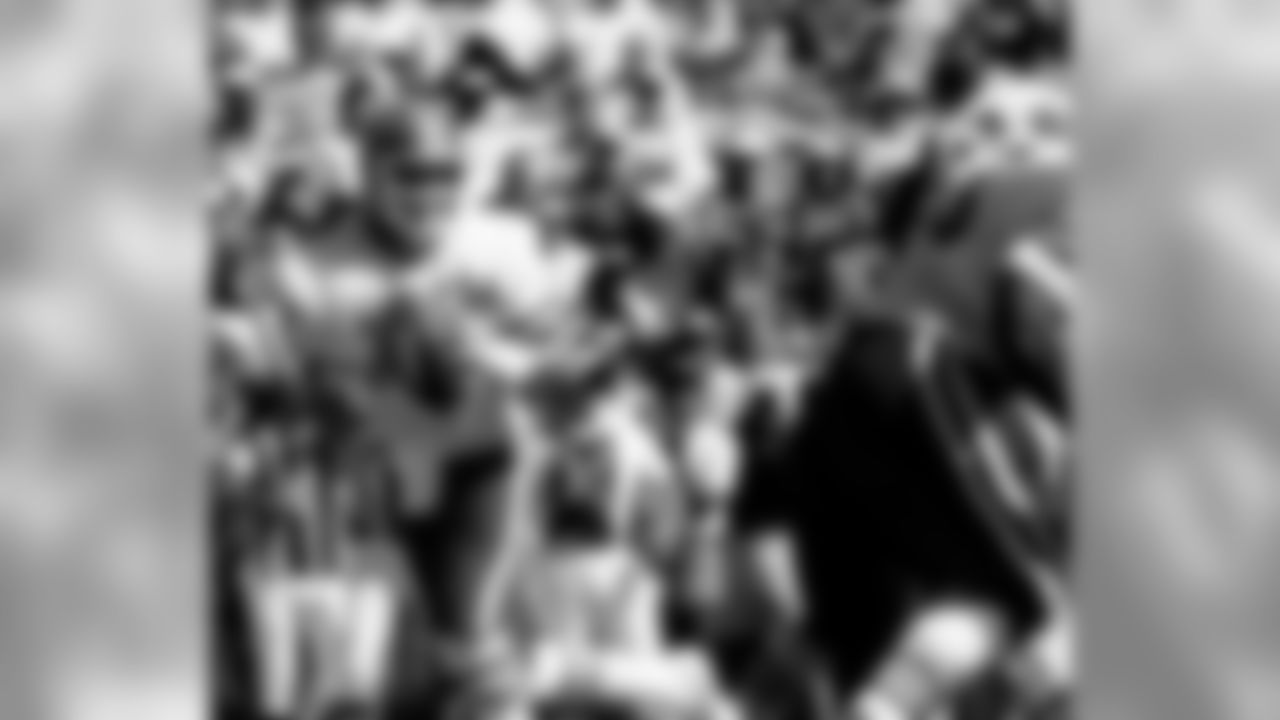
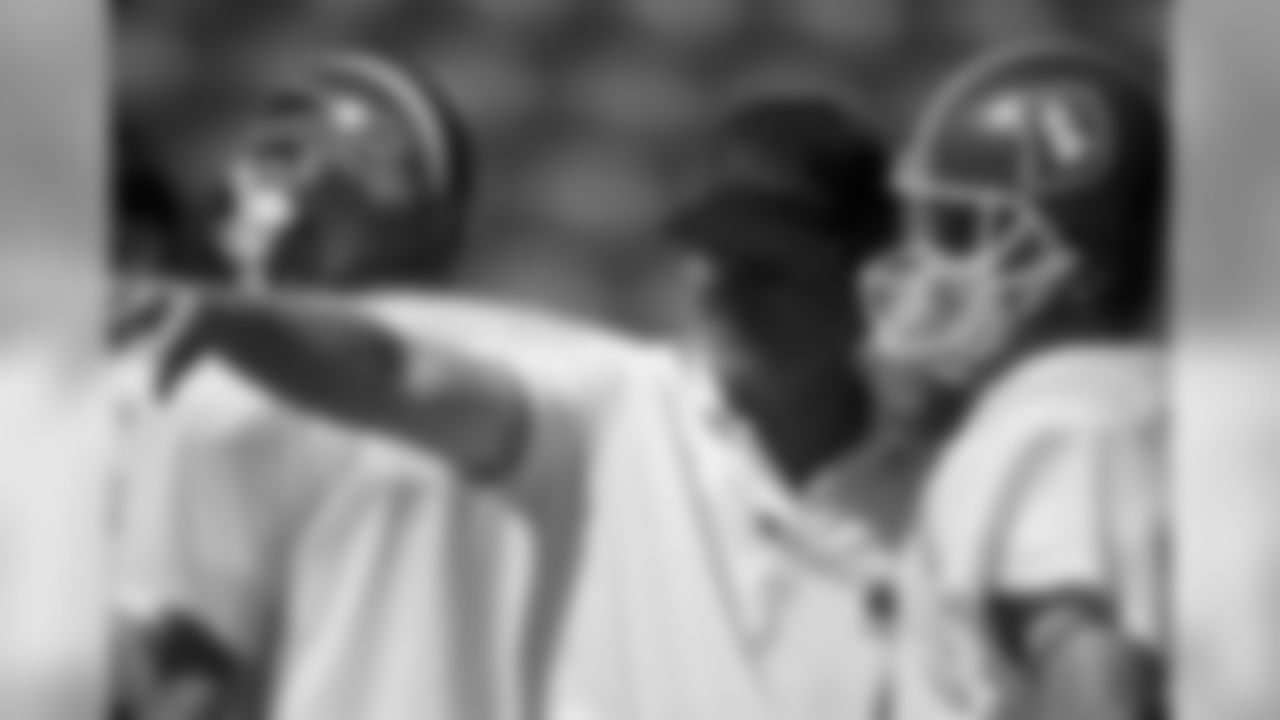



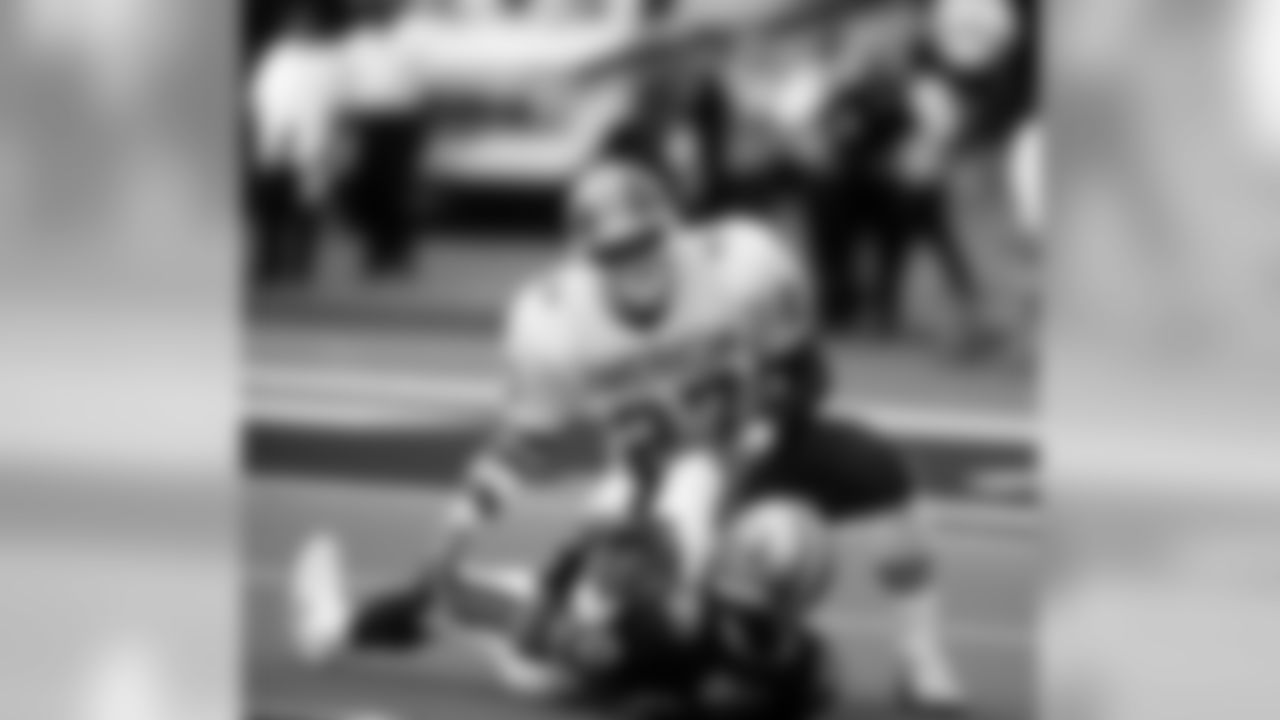

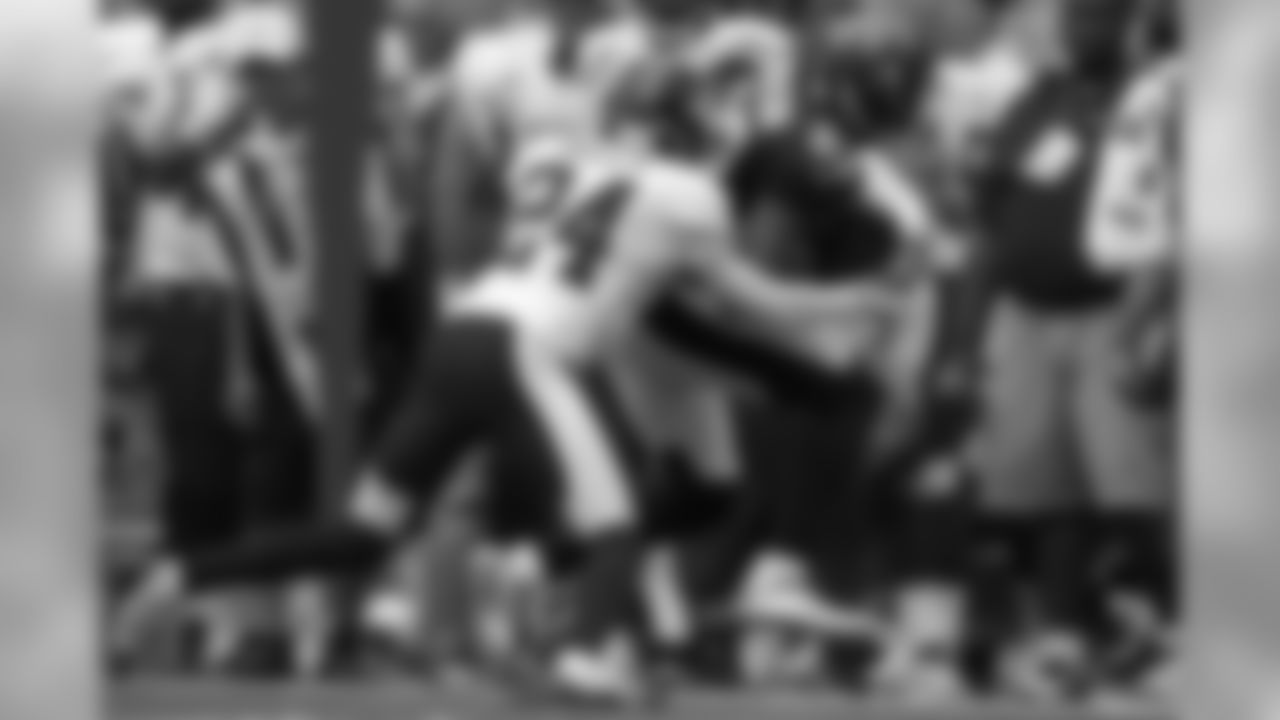
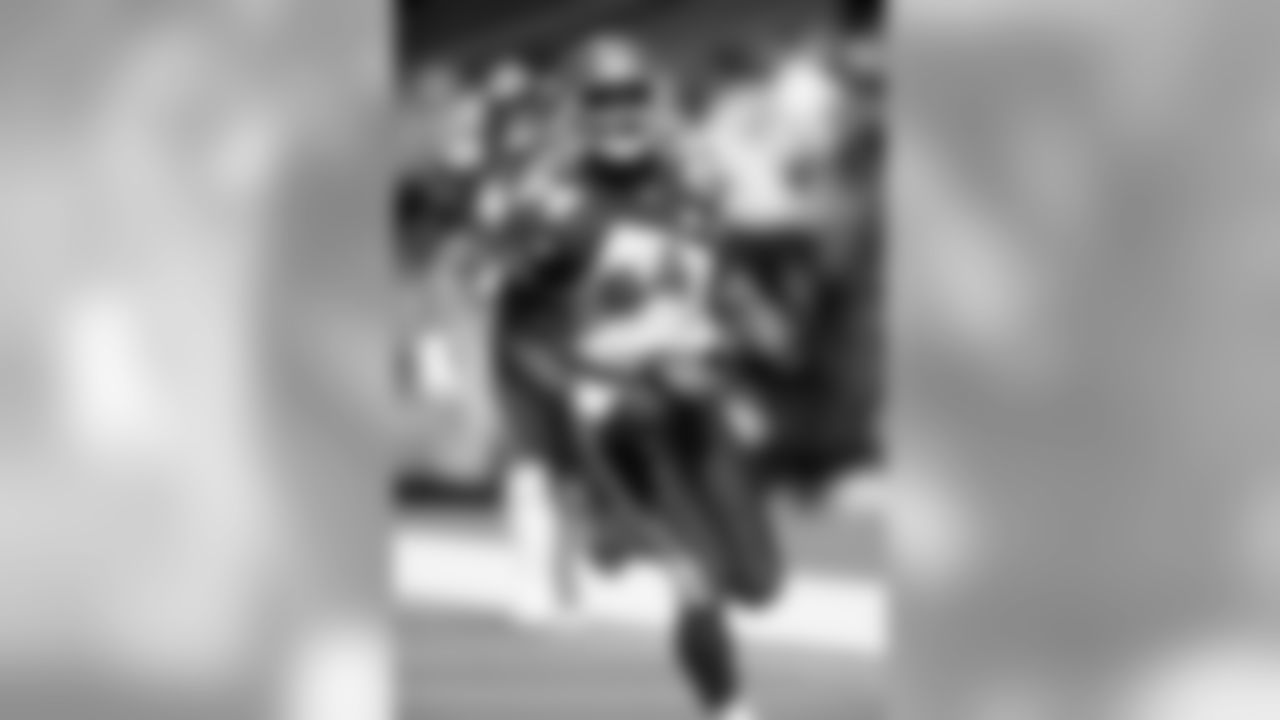
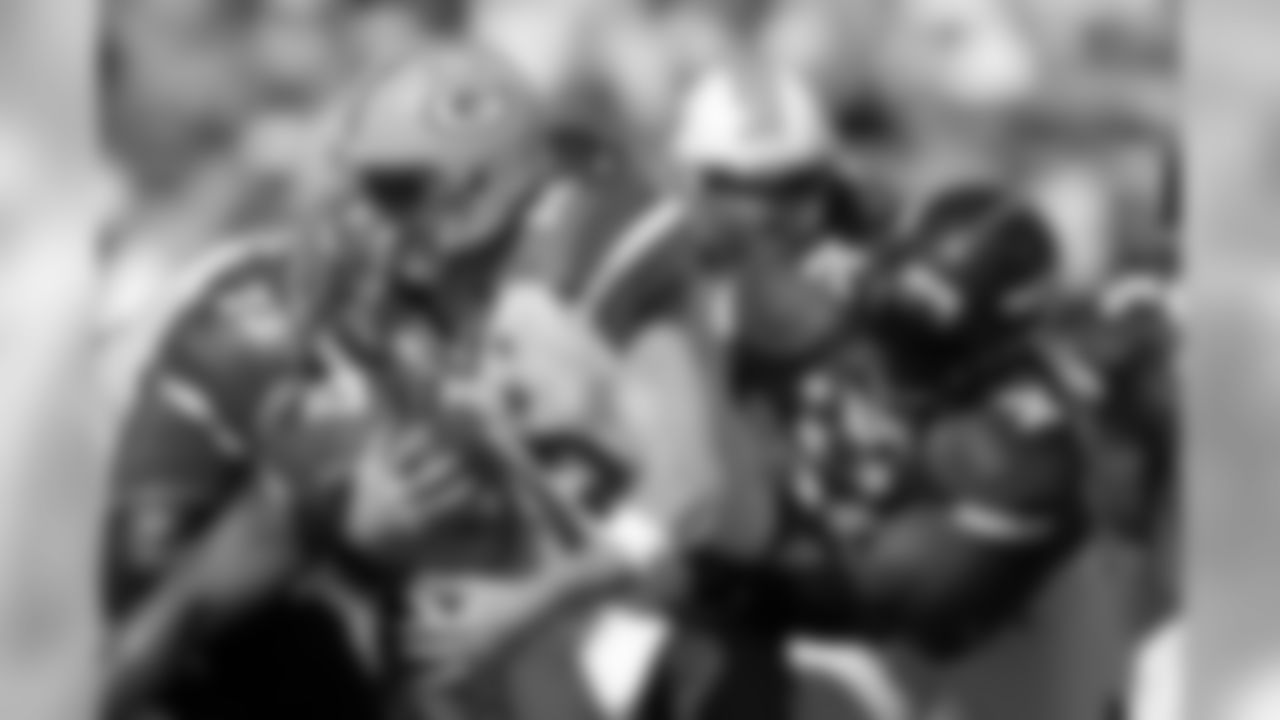

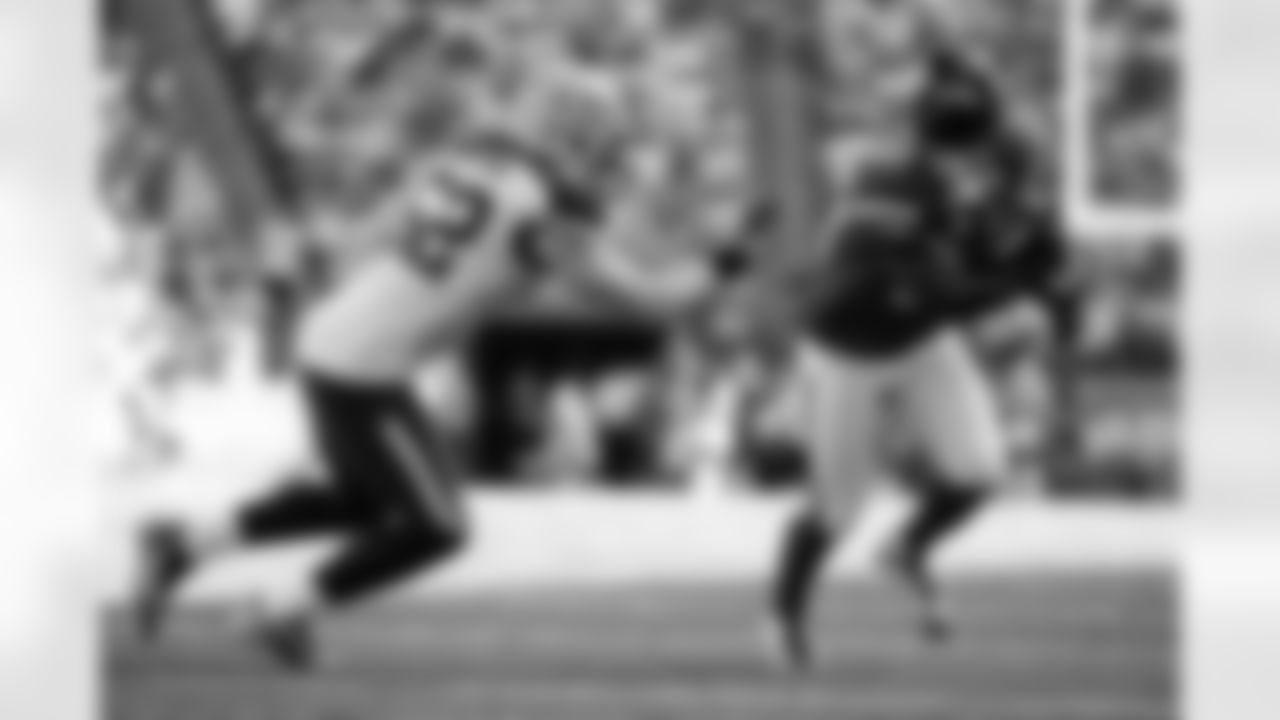
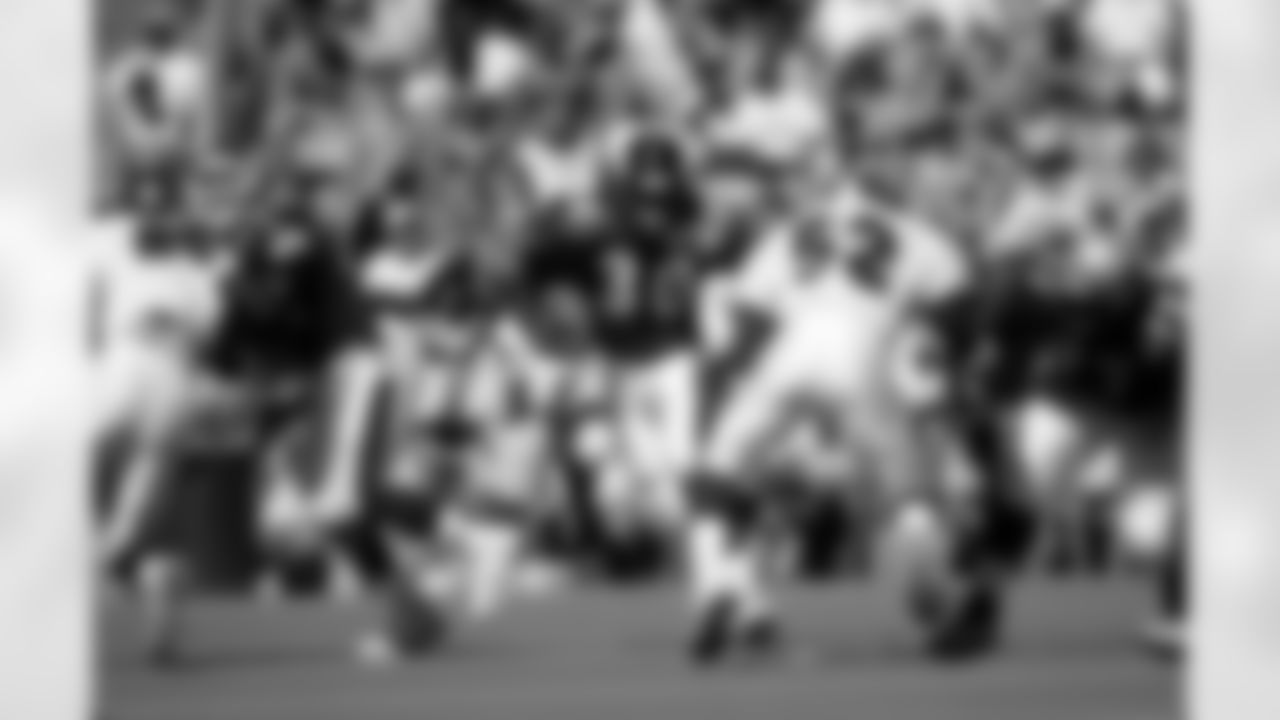

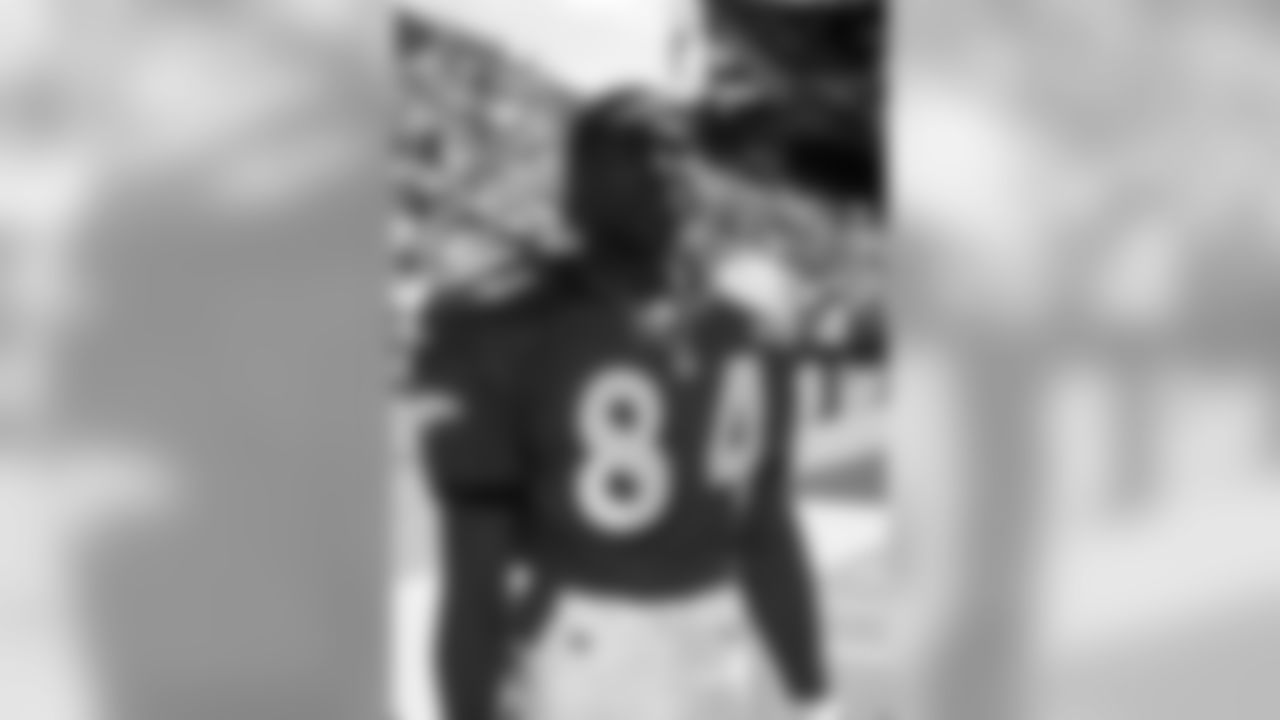



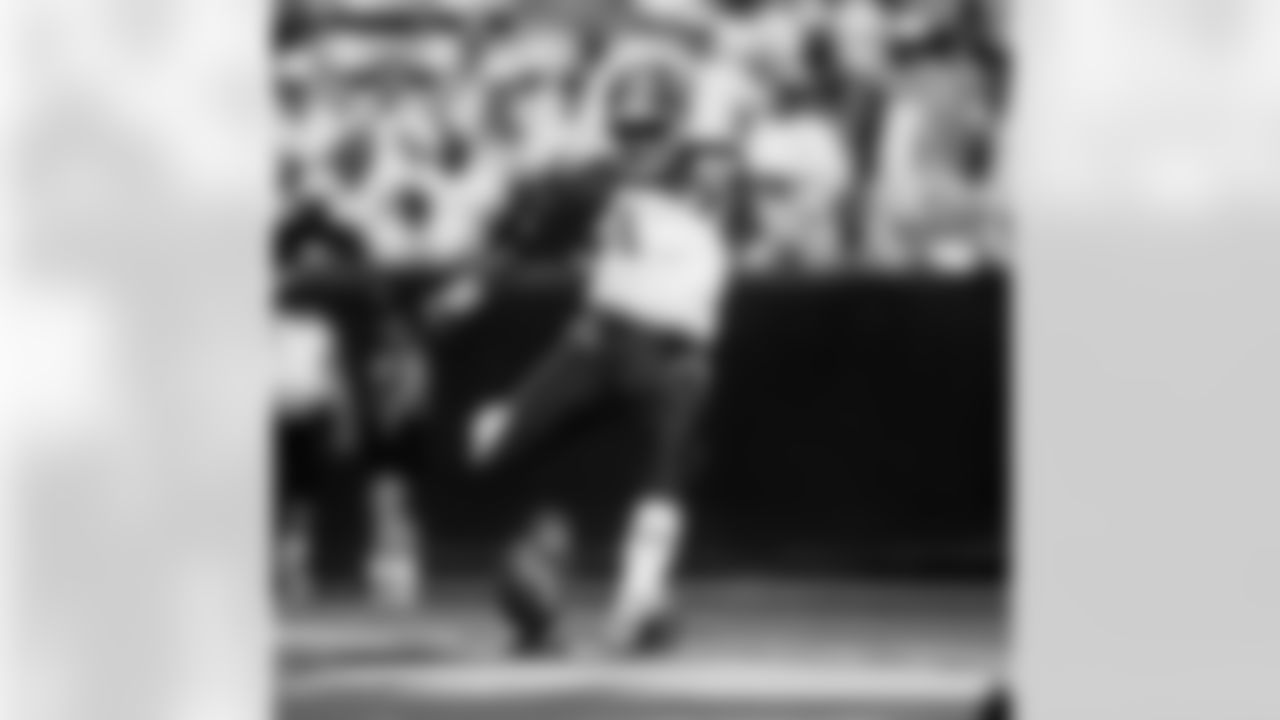
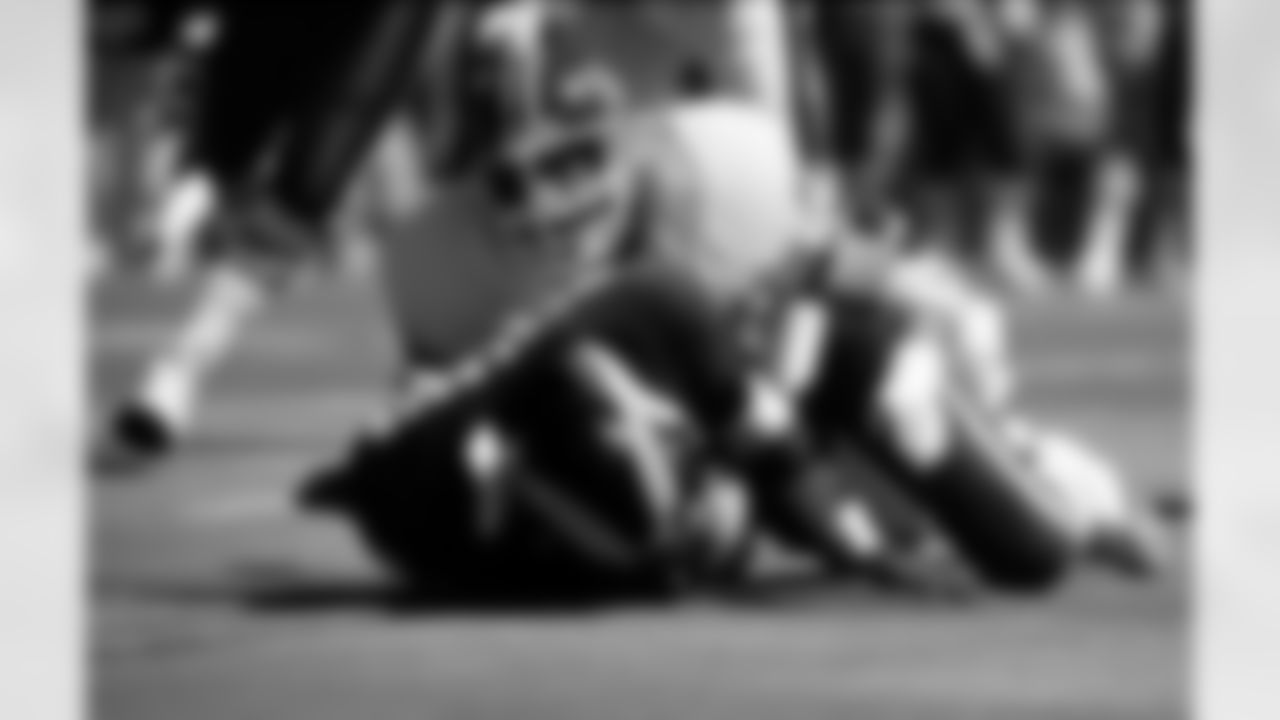
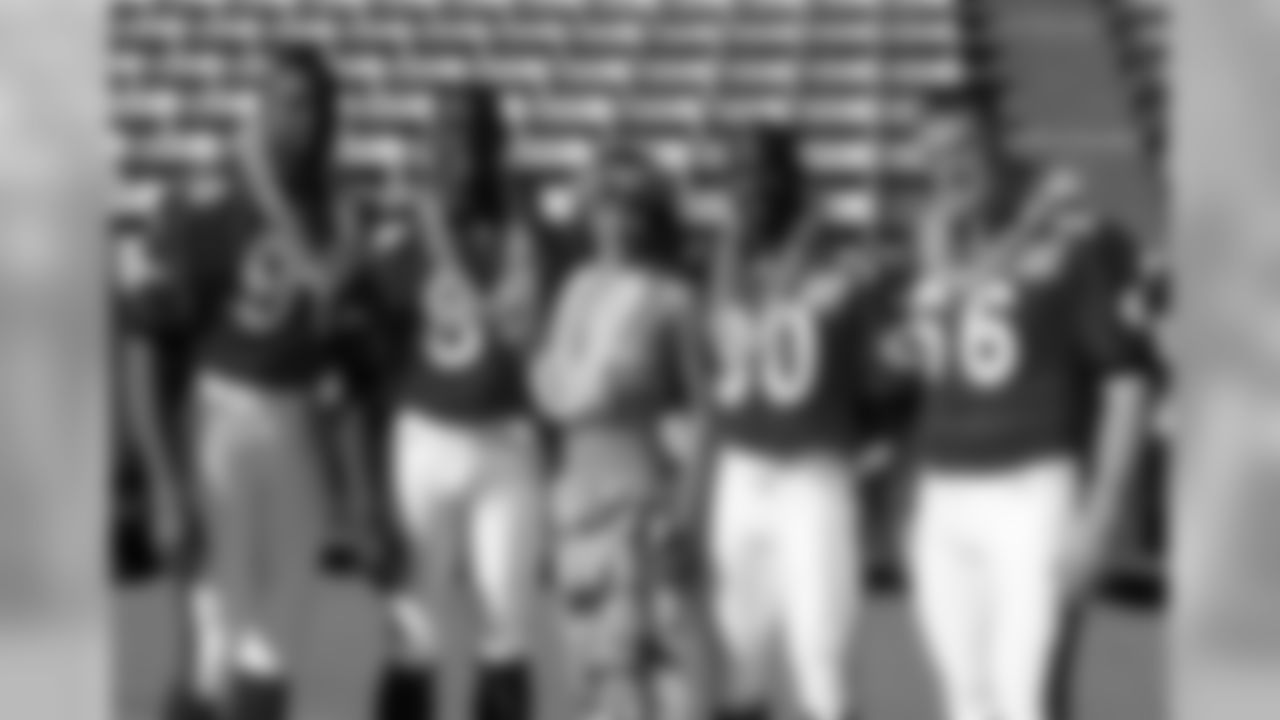
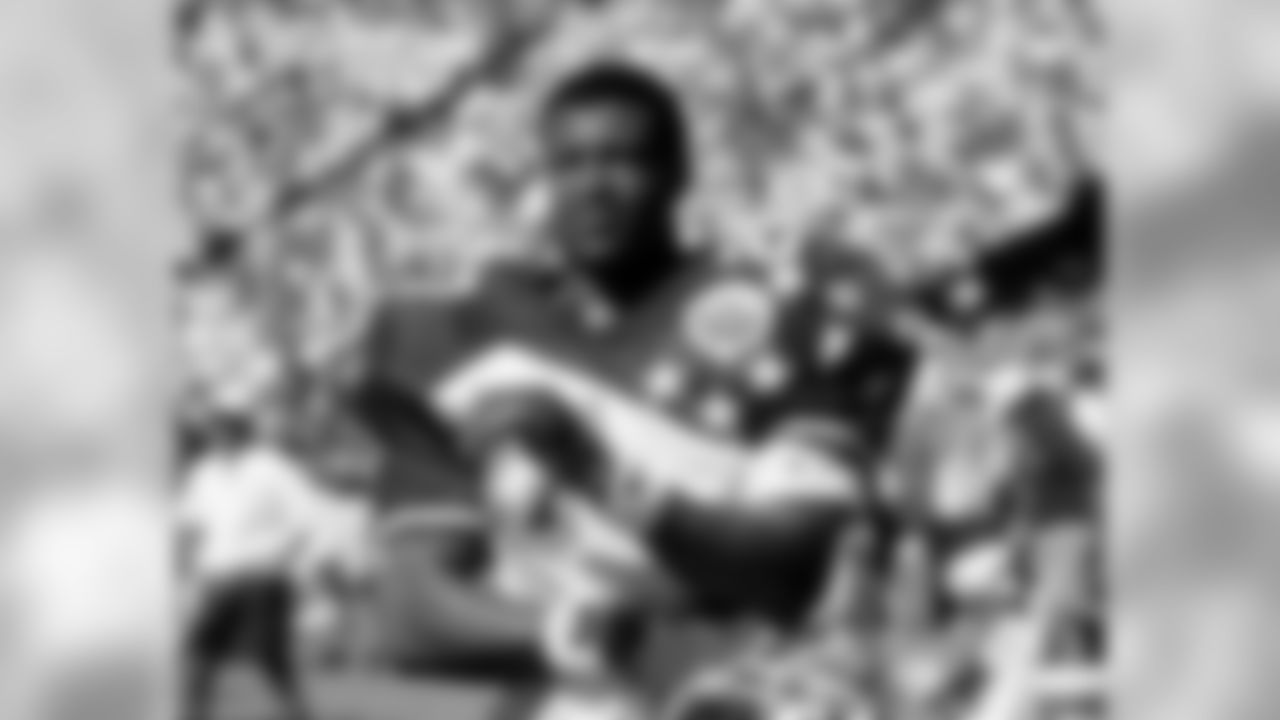
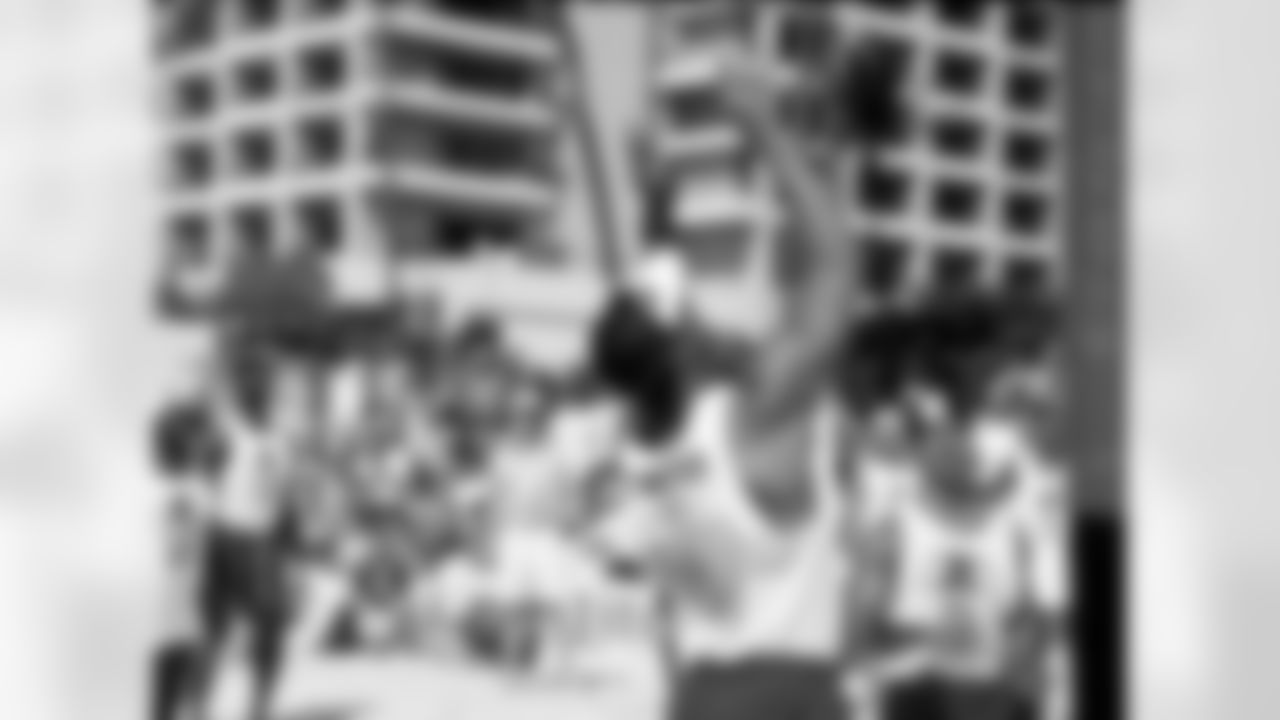
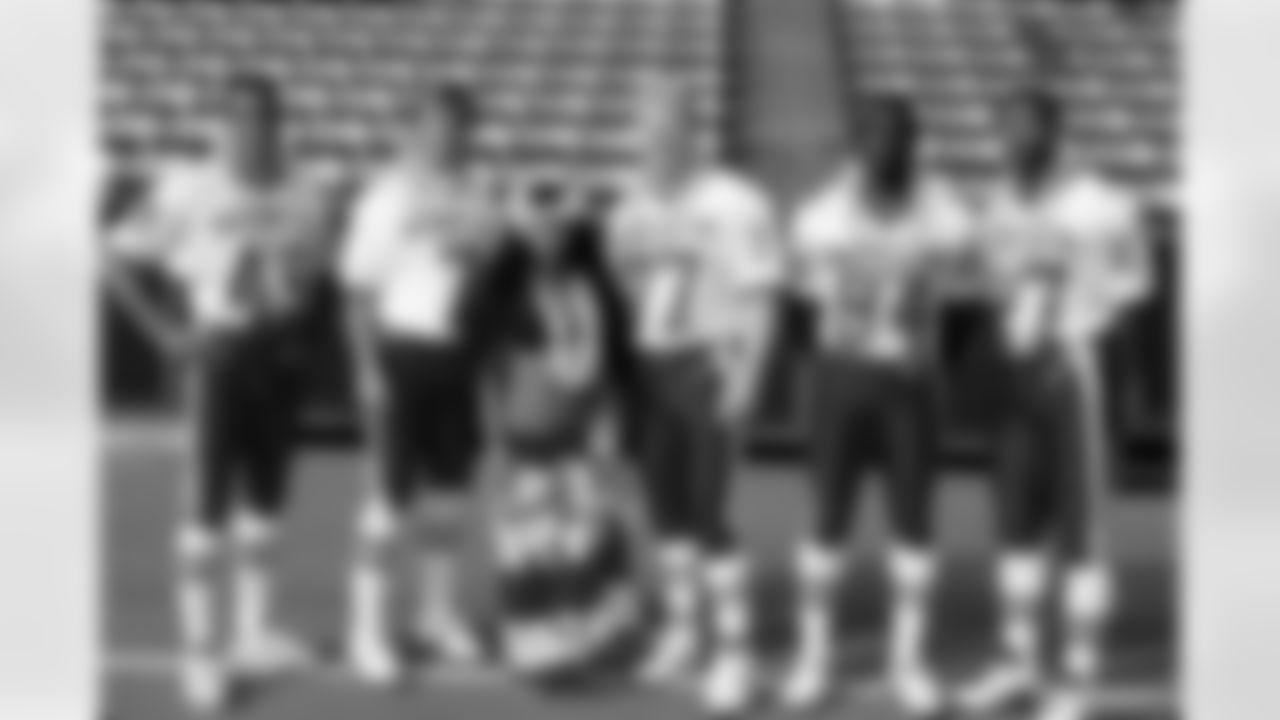

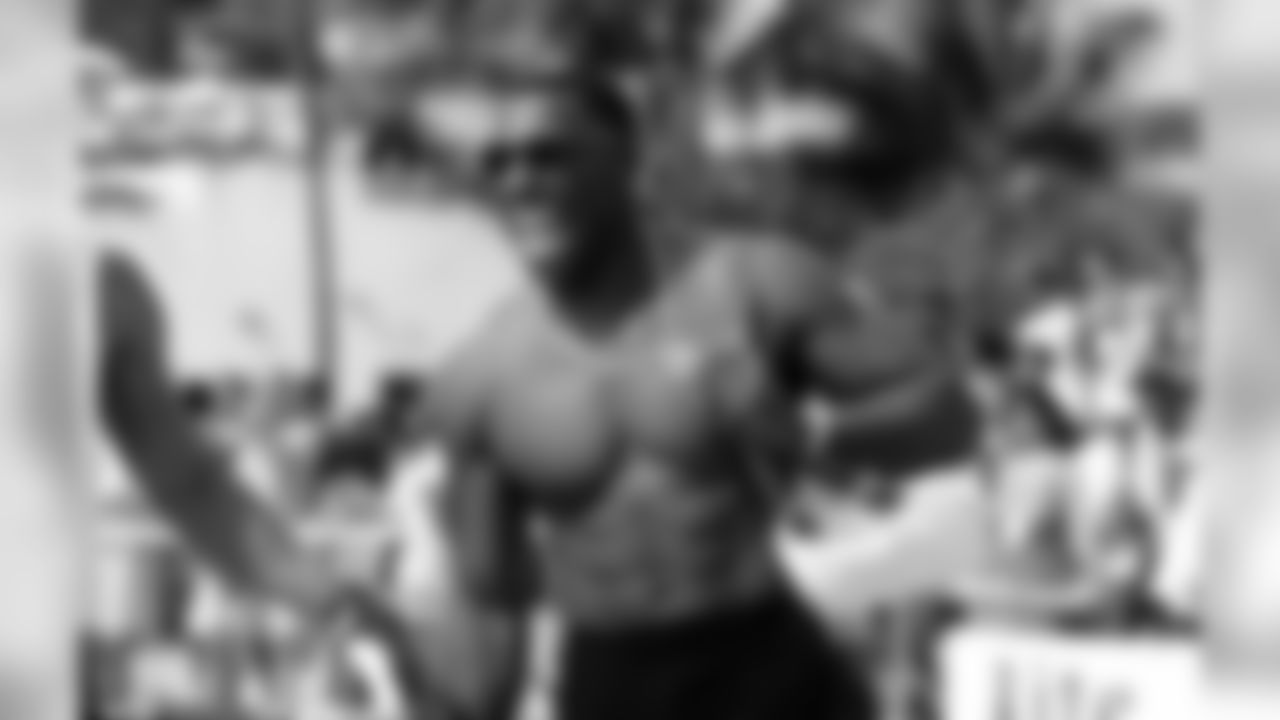
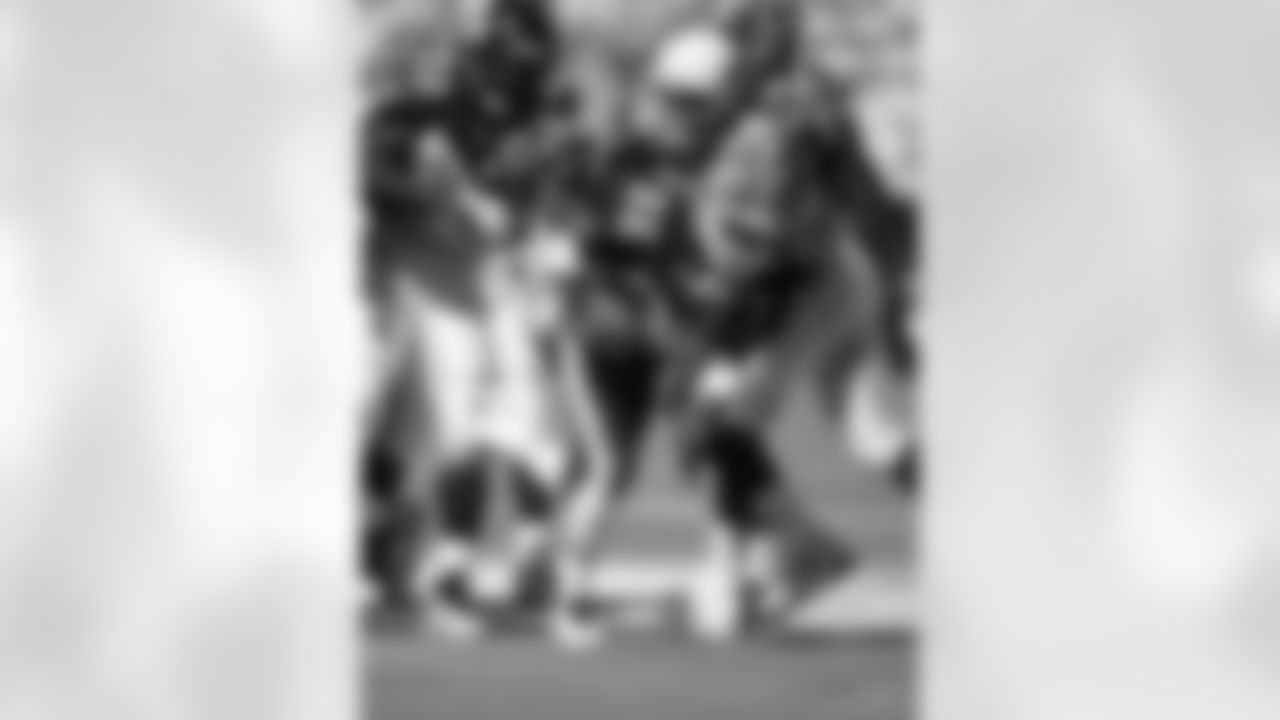
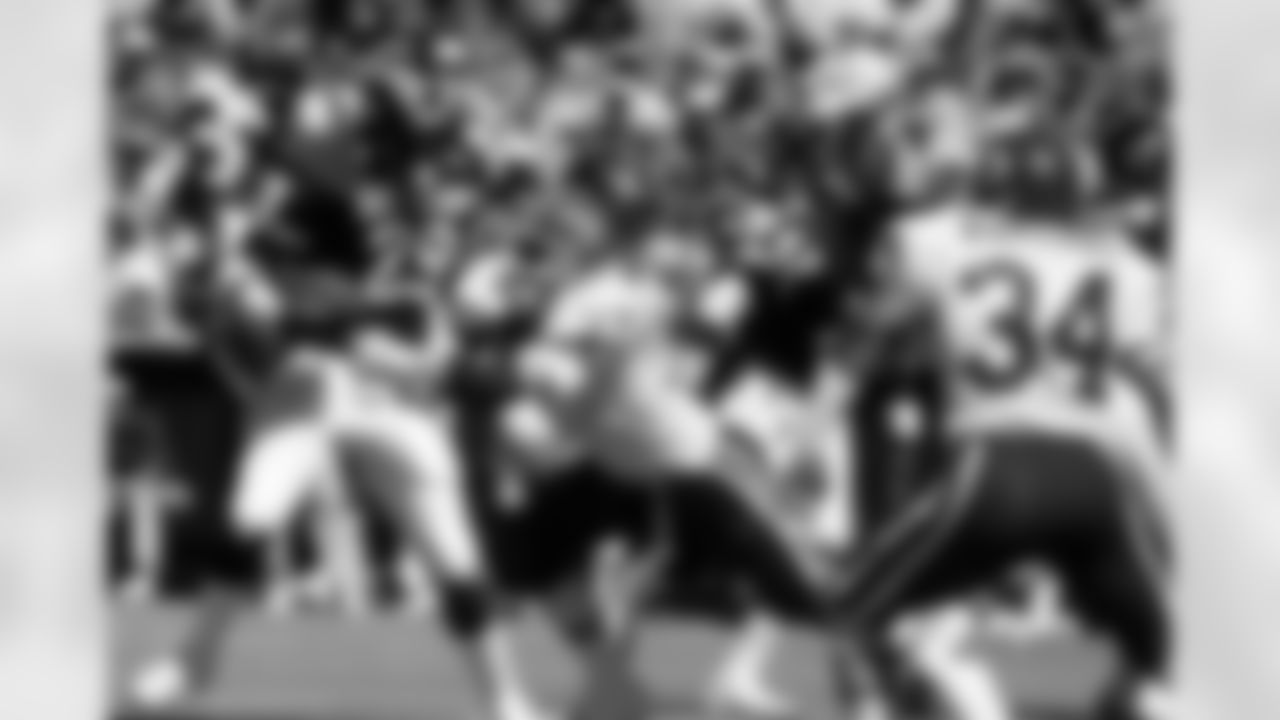
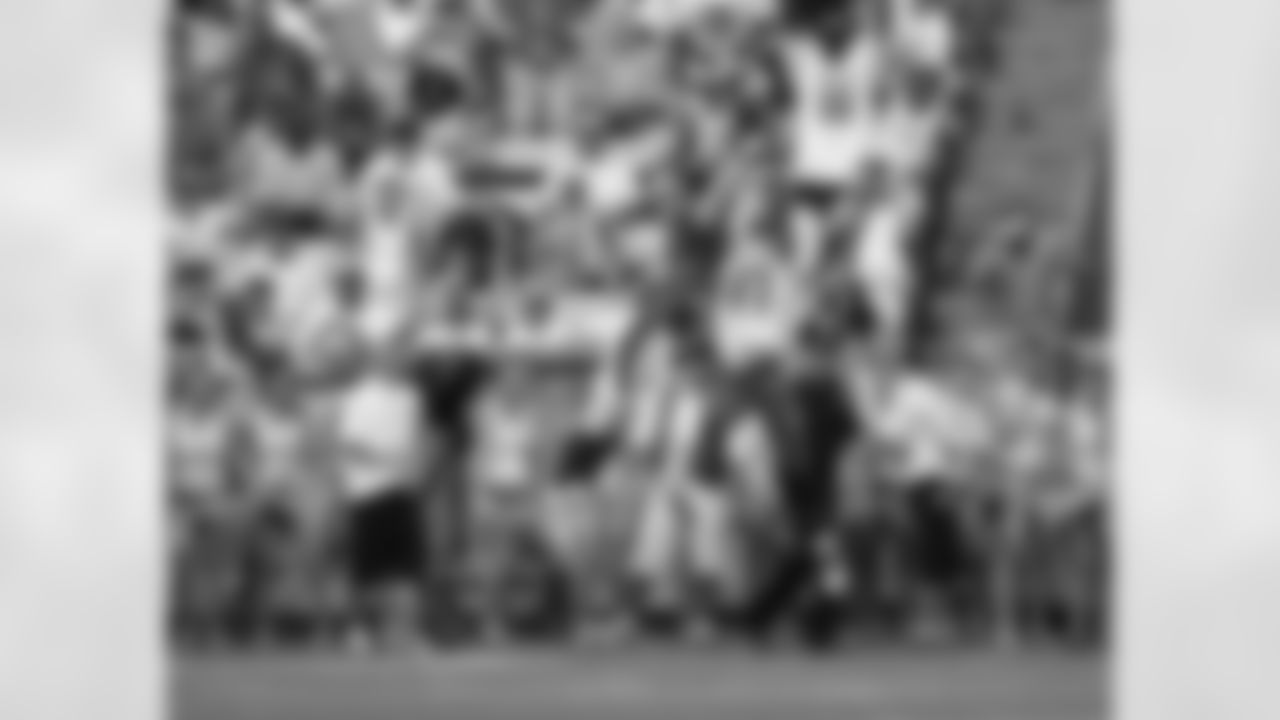
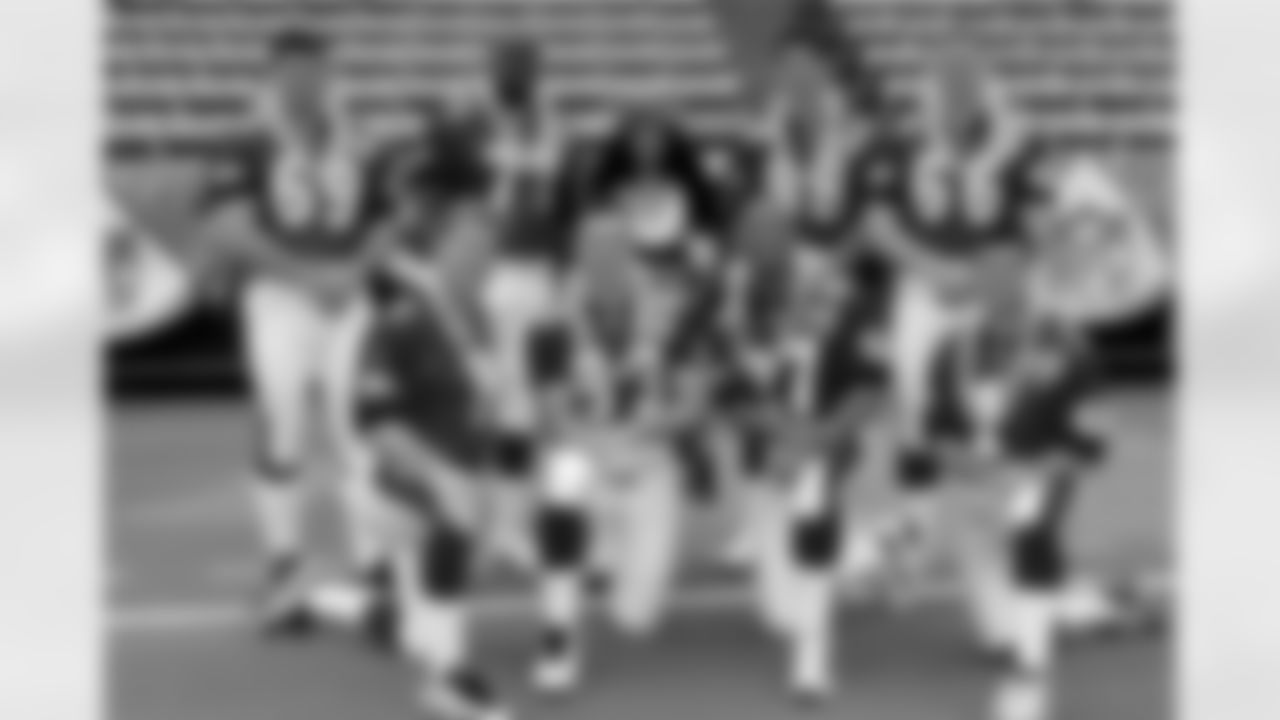
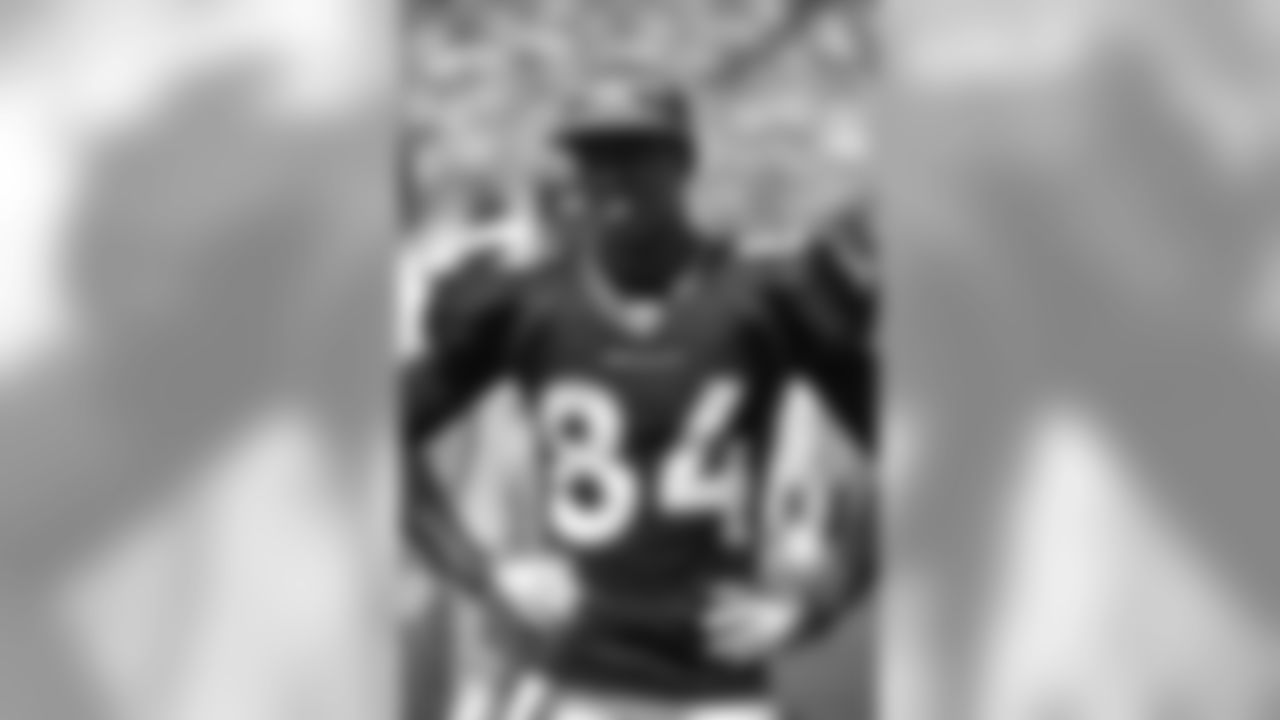
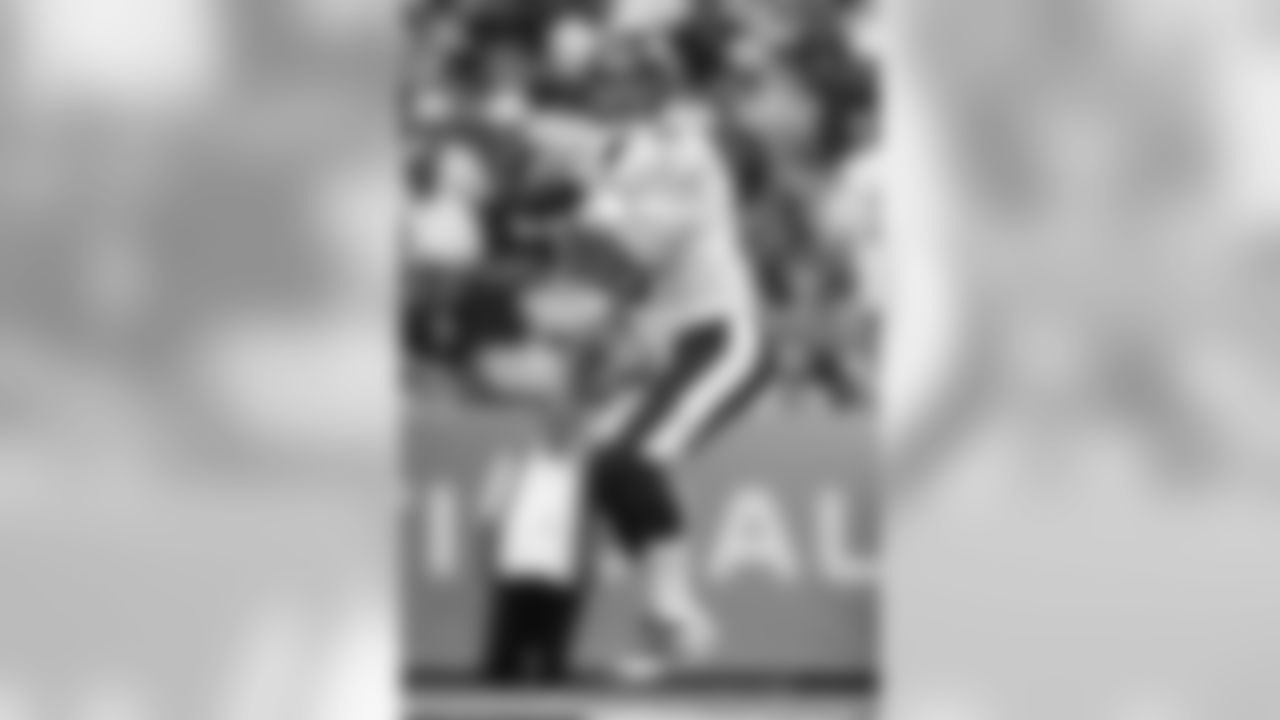
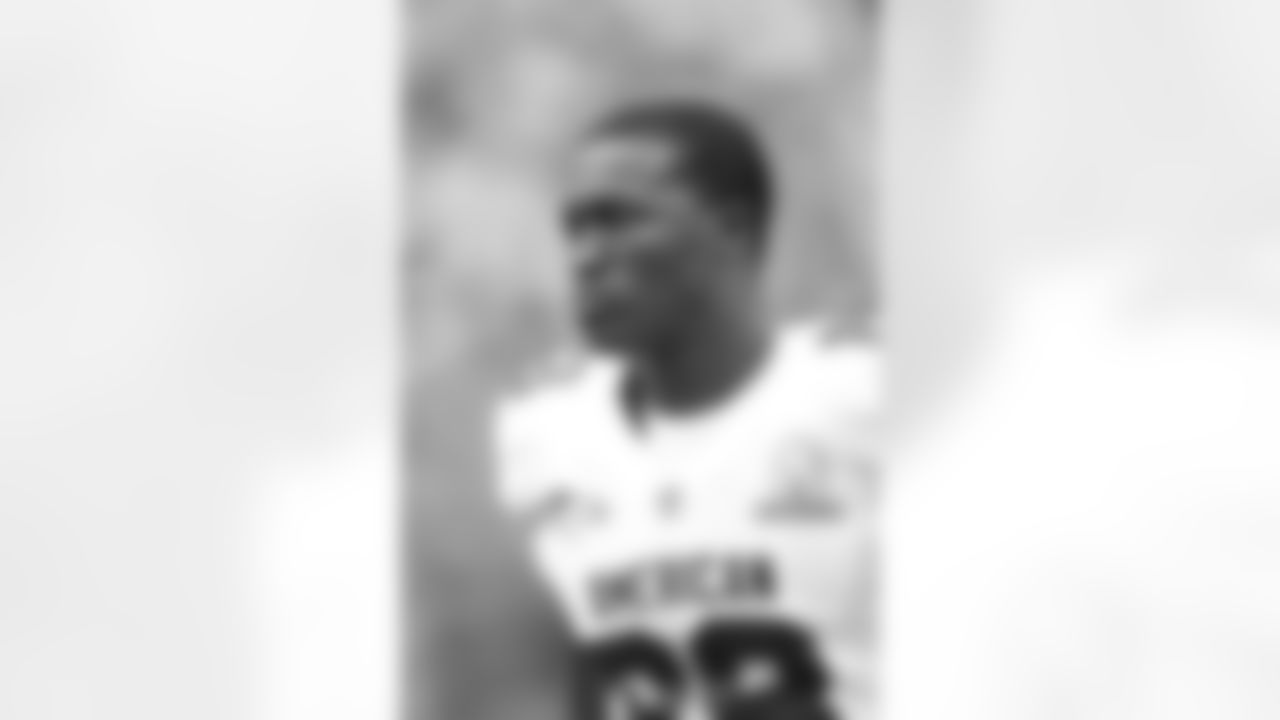
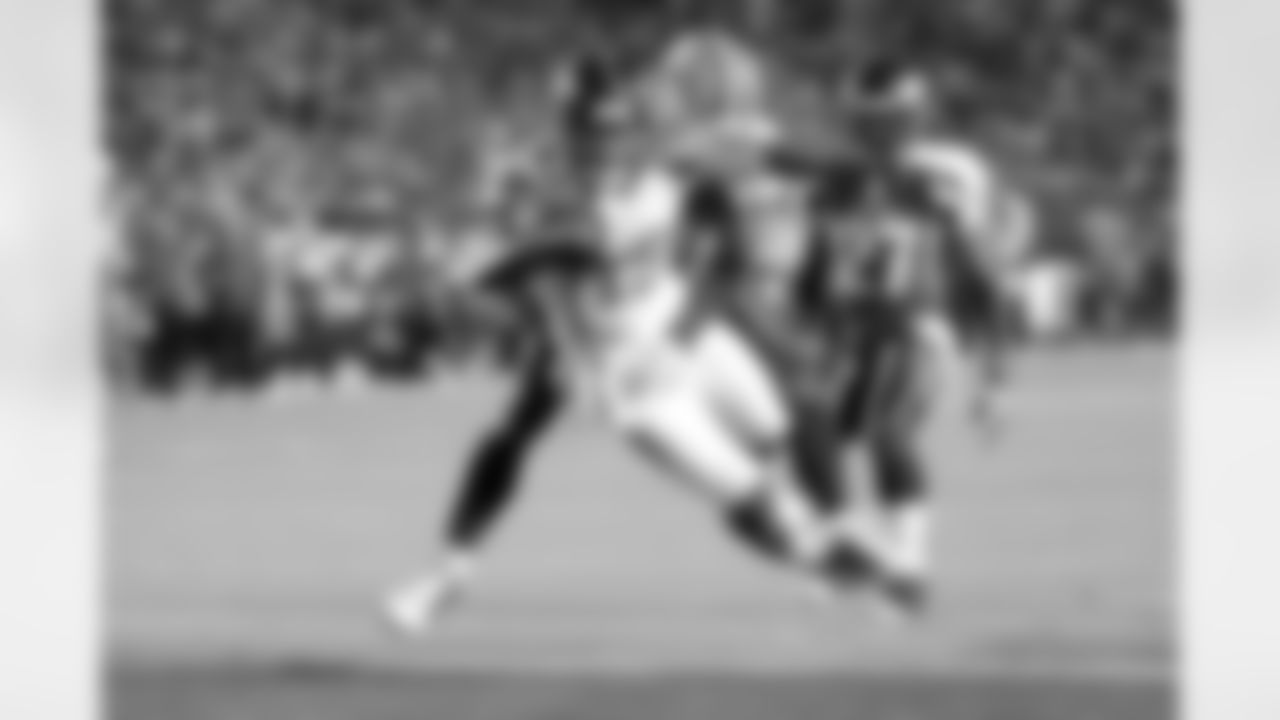
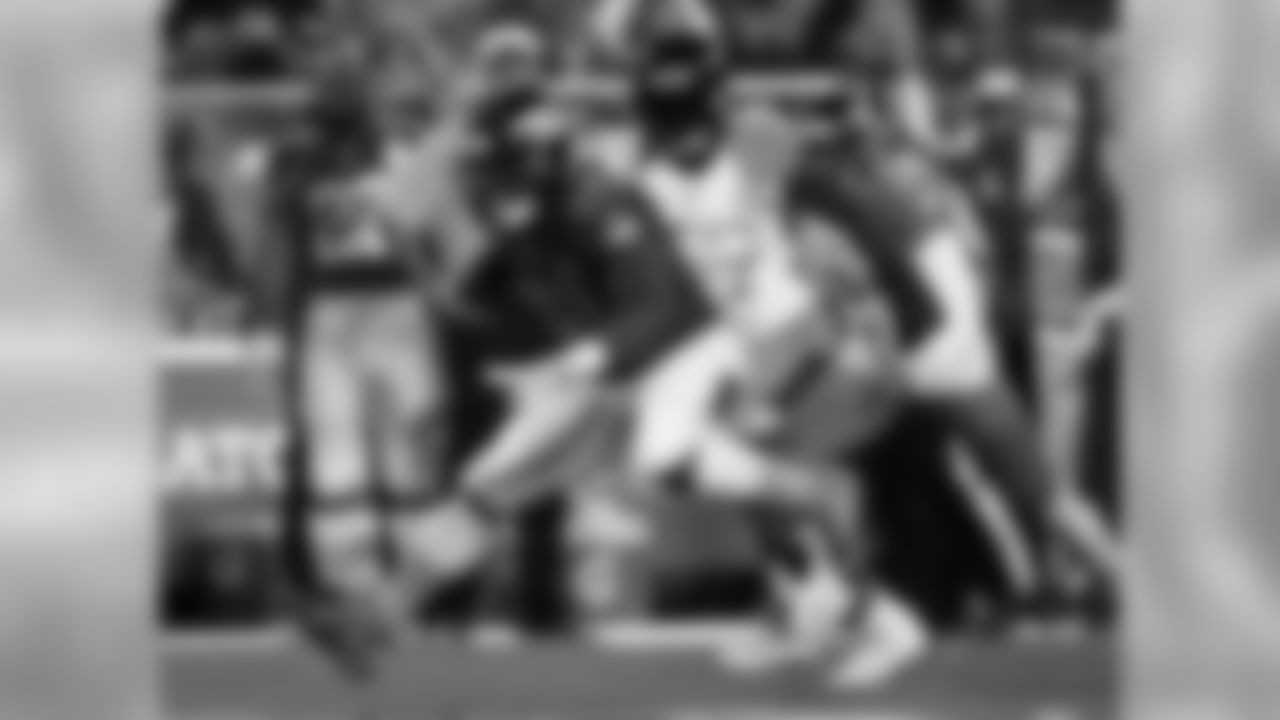
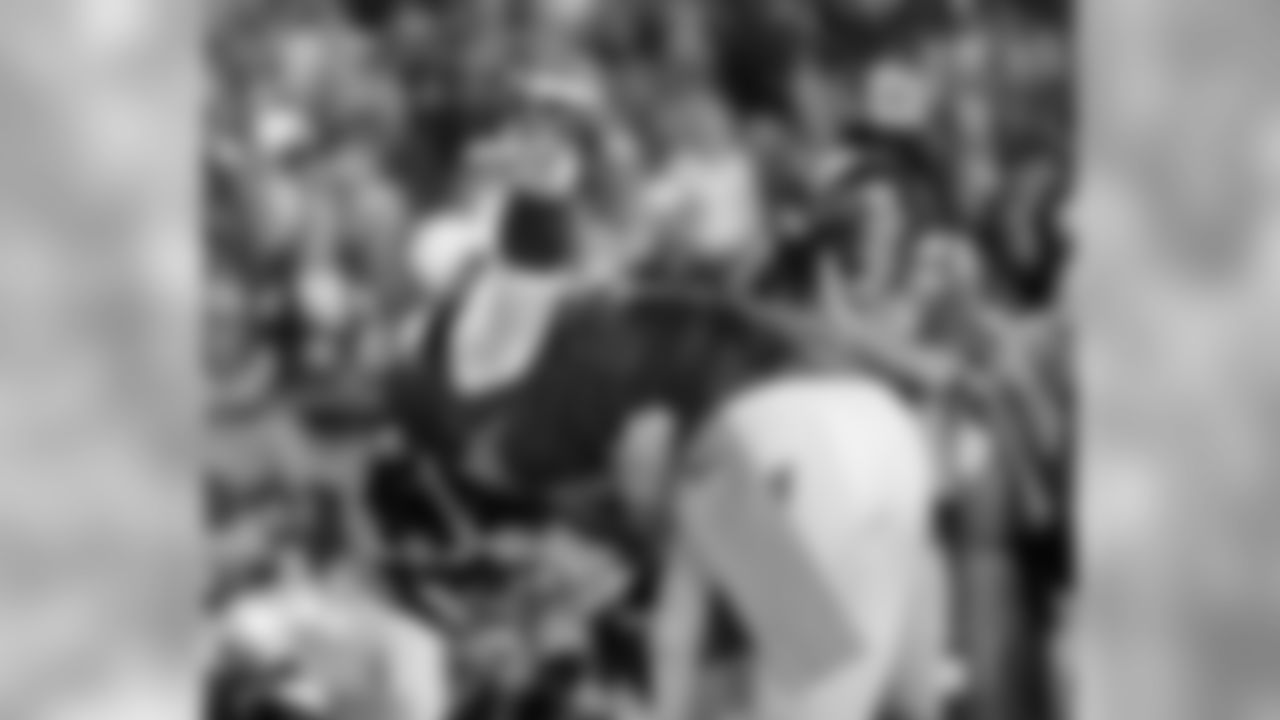
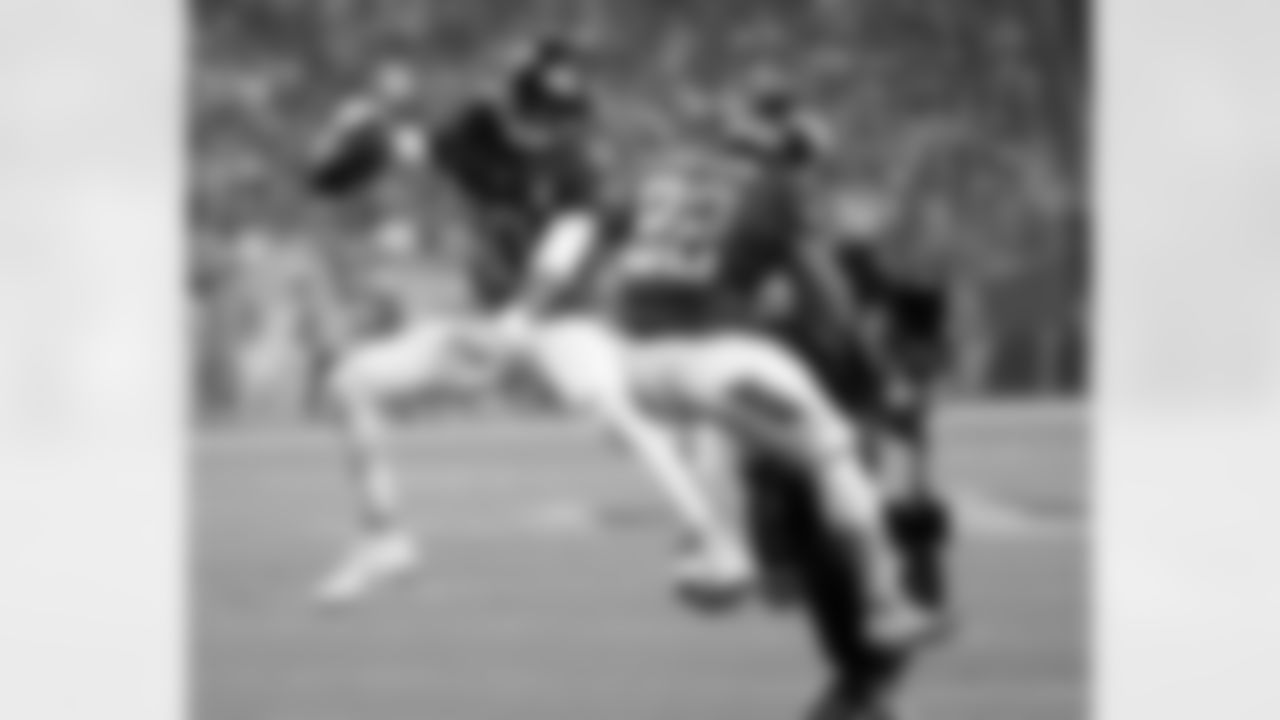
It has become very popular to complain about the Pro Bowl. Some decry the game as a meaningless exhibition, with many star players unable to play due to injury or the travails of a long NFL campaign. Some argue that no one watches it on television, yet the Pro Bowl for many years was the highest-rated program on TV each time it was played.
Since its creation, it has evolved — in some part due to those noted conditions — and it is still a valid and important part of the pro football landscape for this all-important reason: Every player wants to be a Pro Bowler.
Broncos Country's many fans were not hard to find at the week of Pro Bowl practices in Orlando. (photos by Ben Swanson

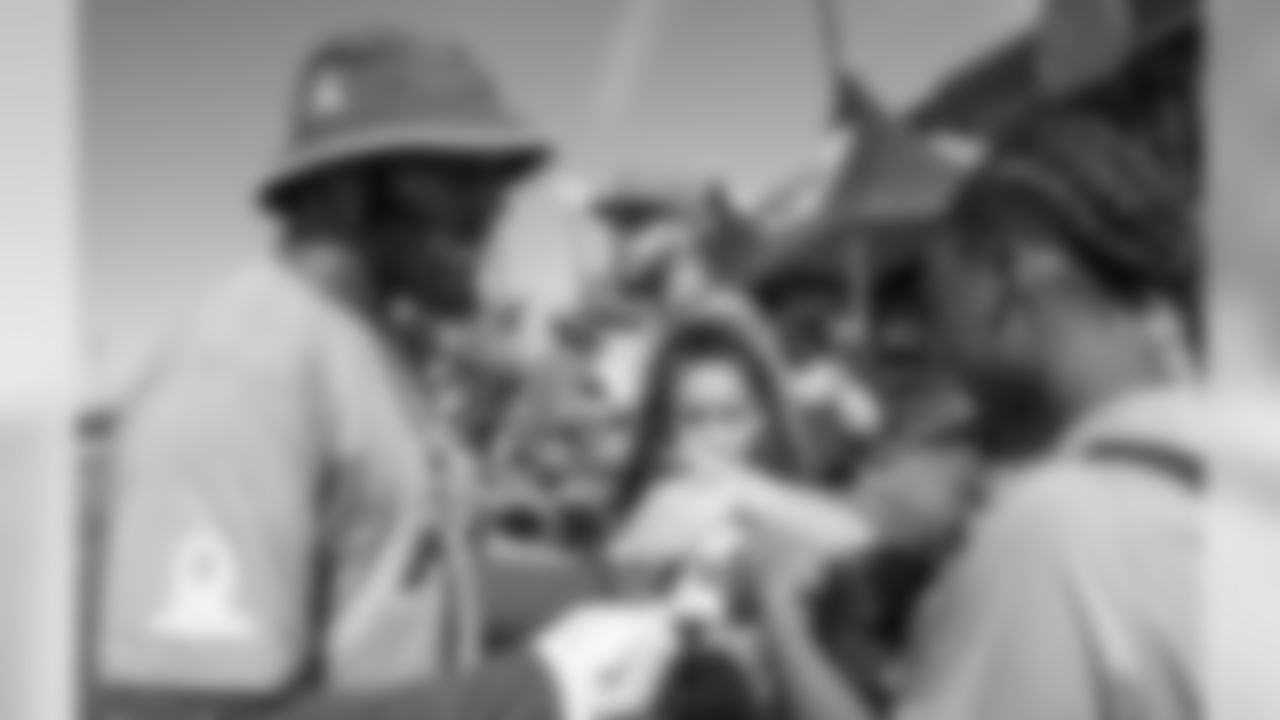
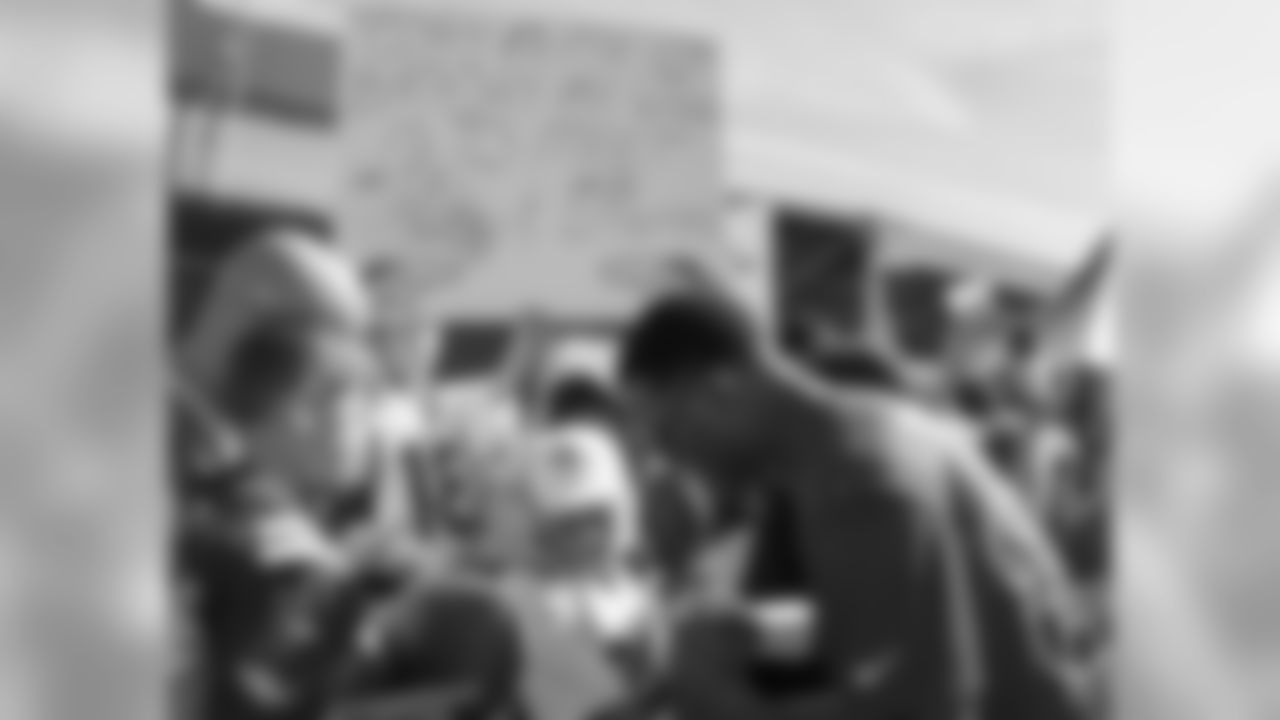
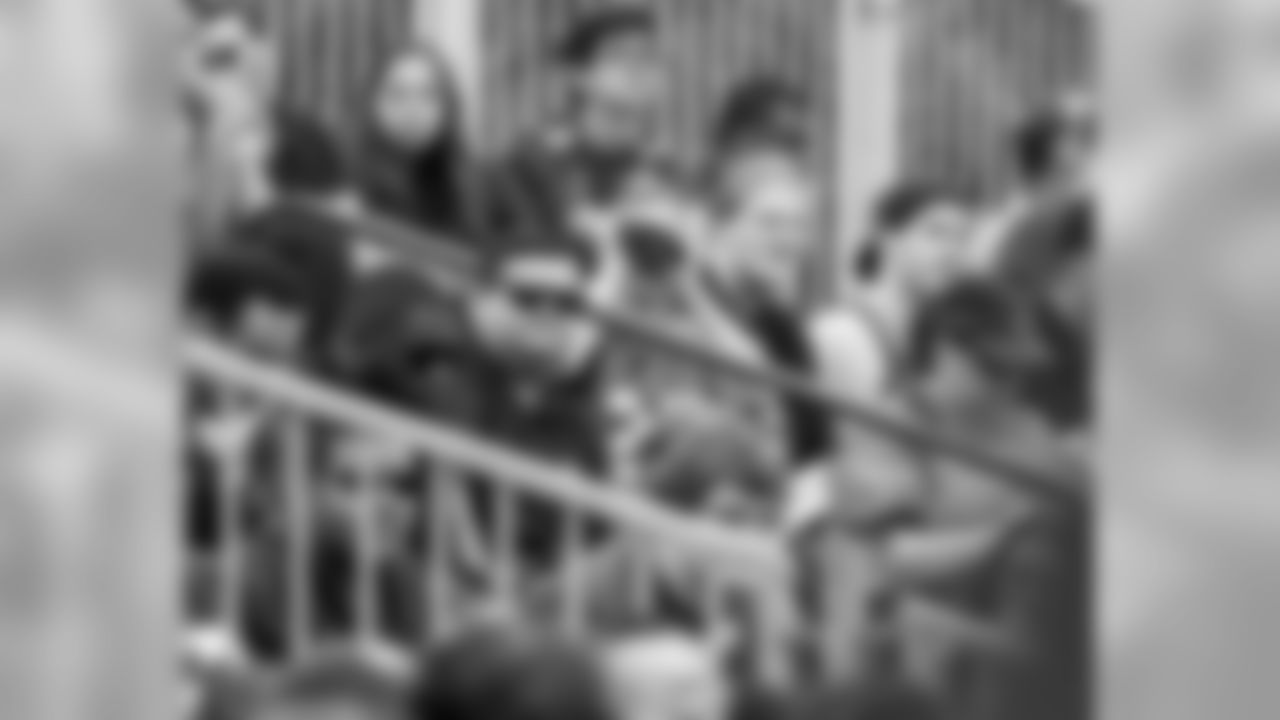
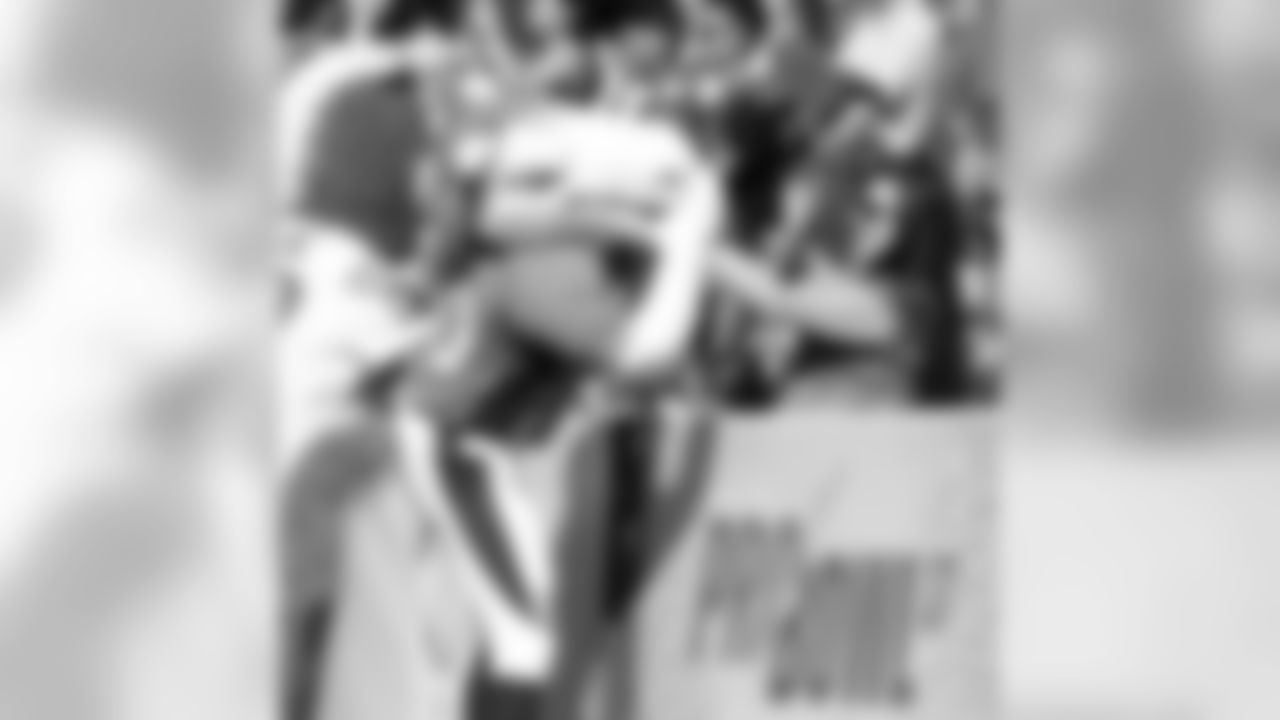
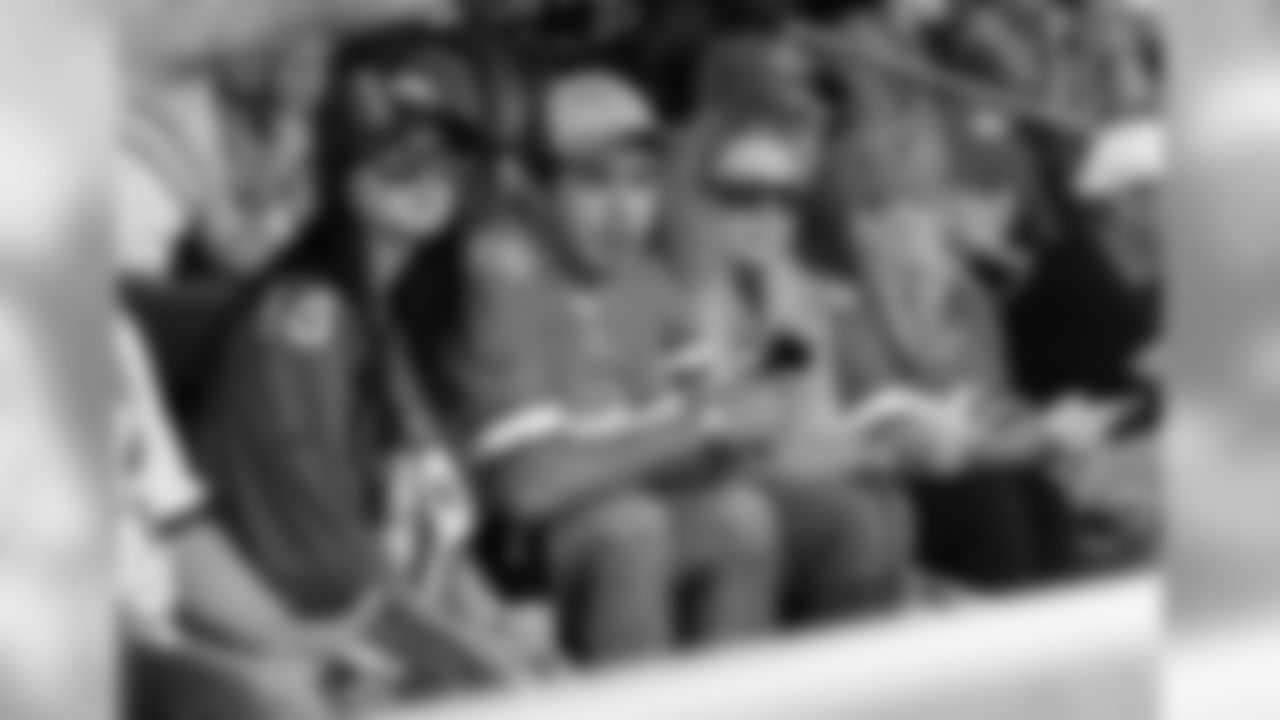
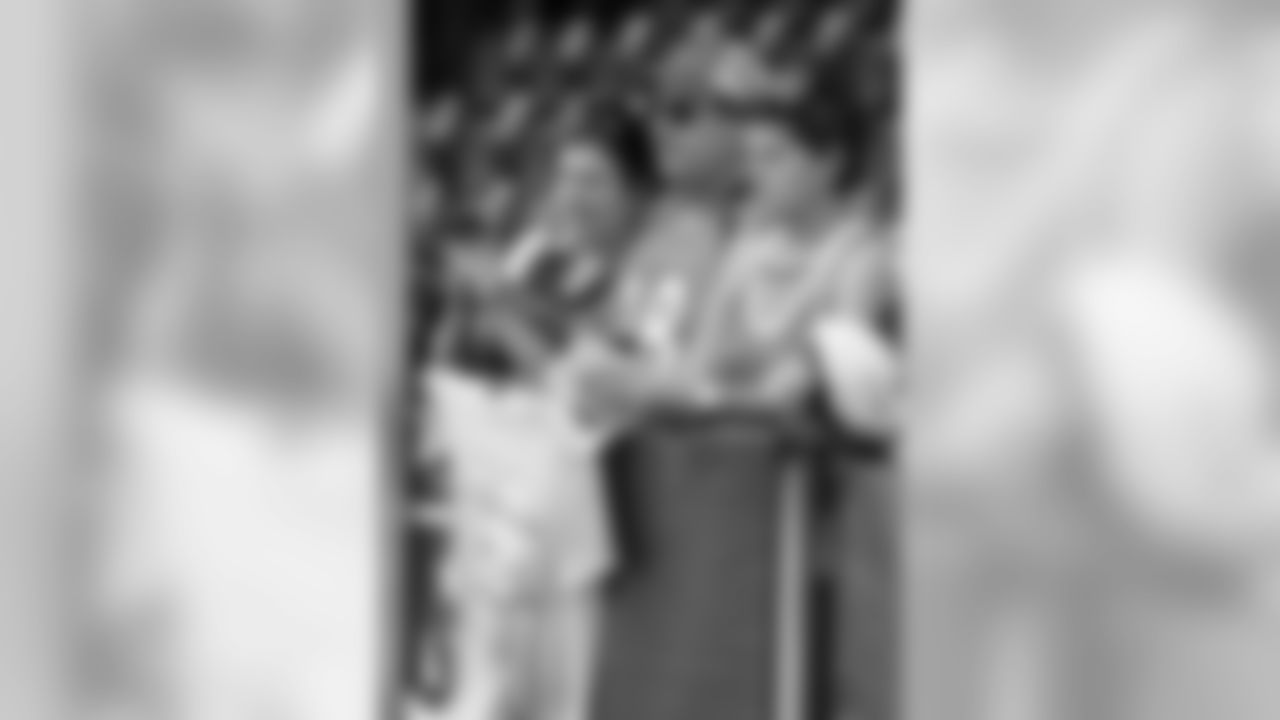
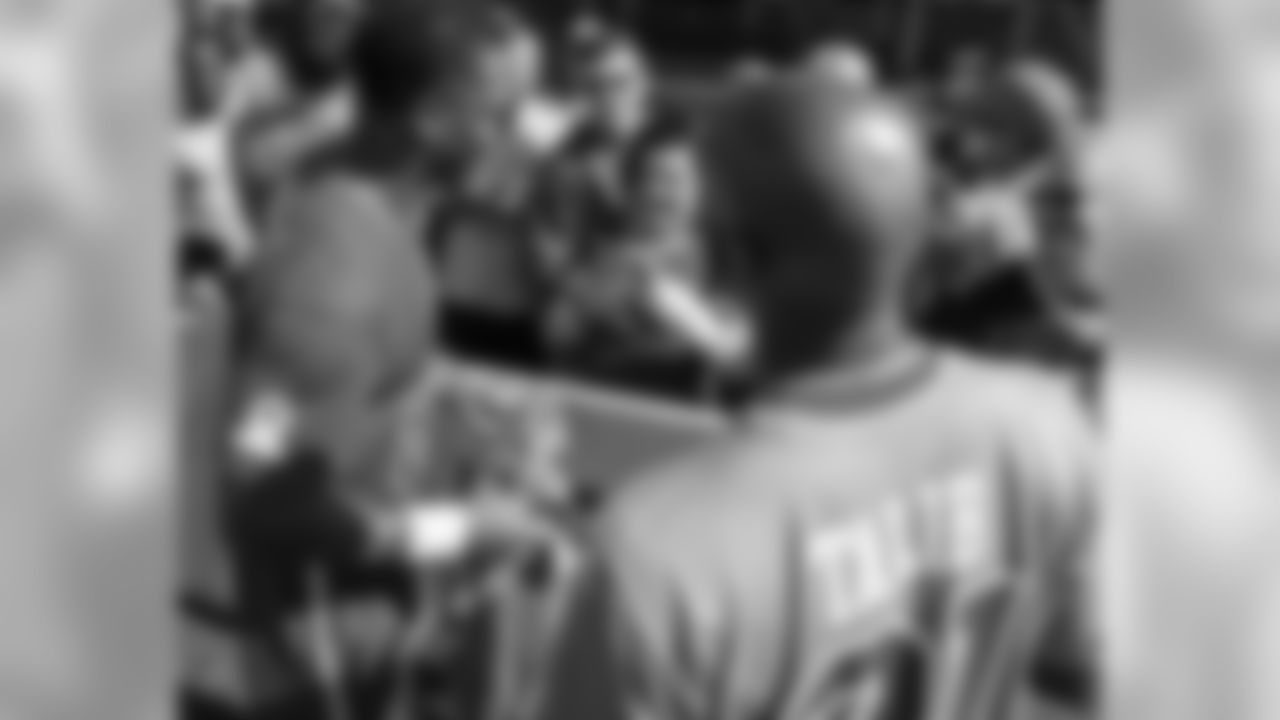
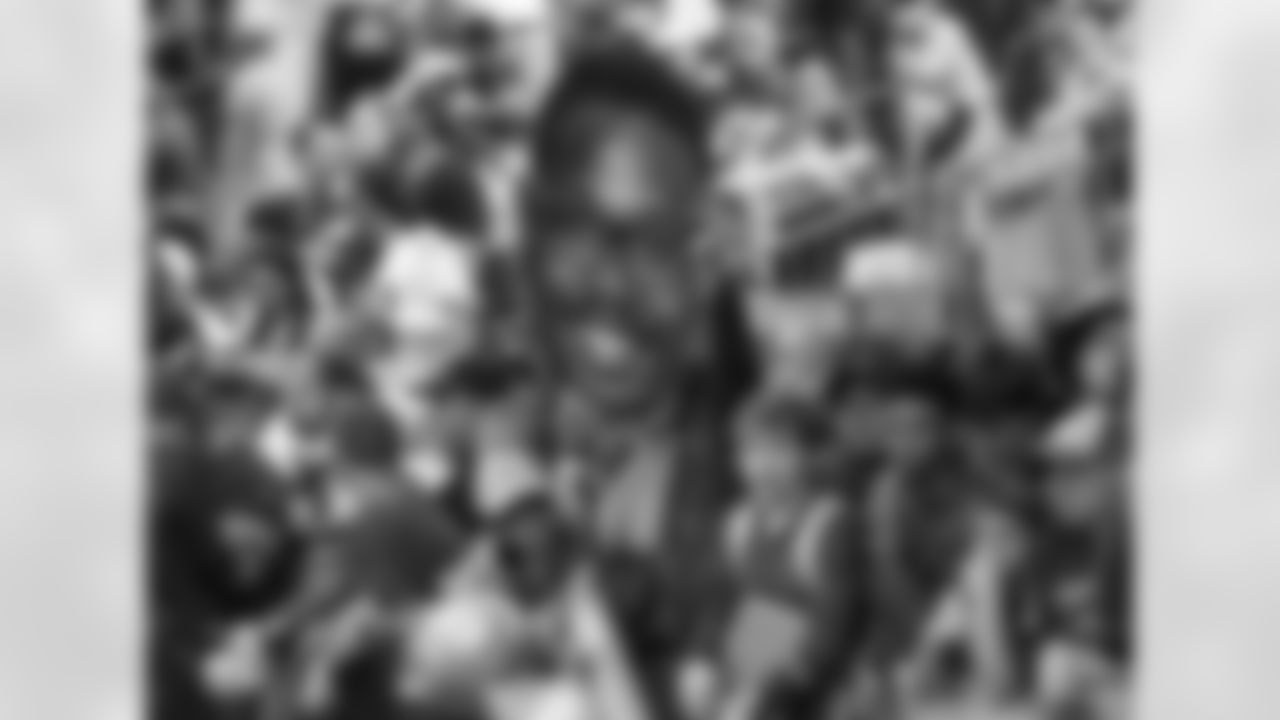
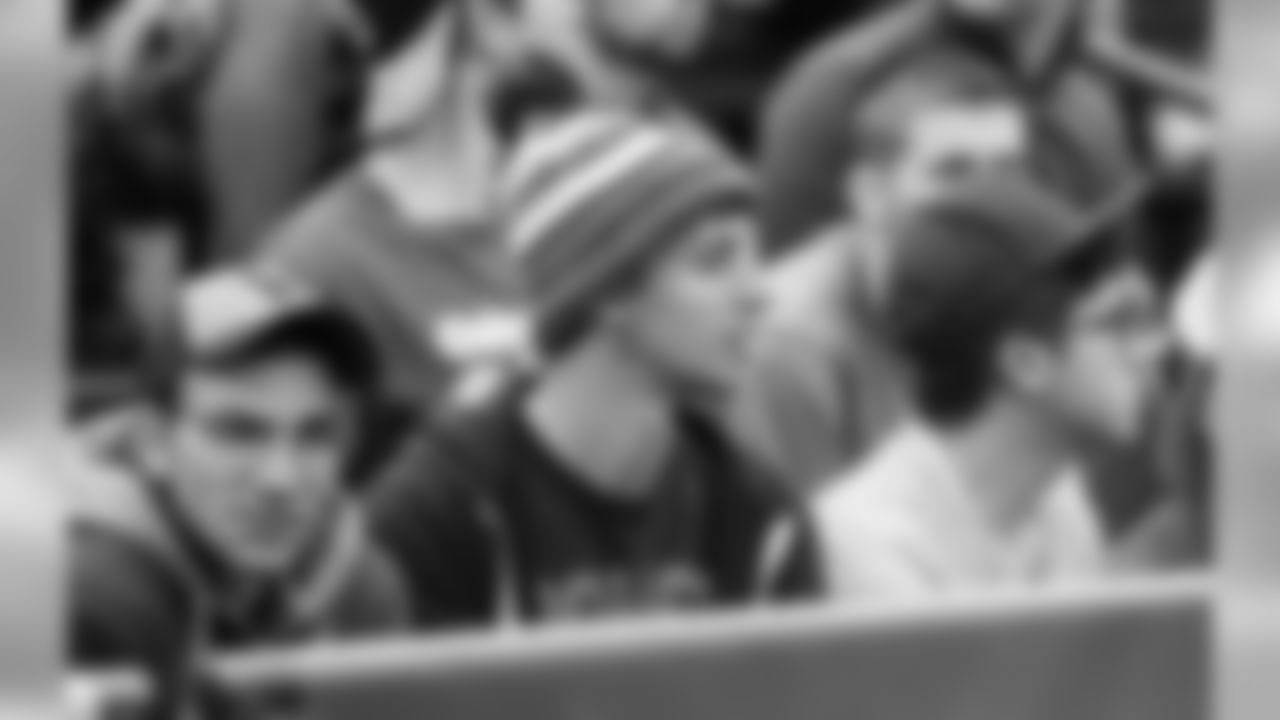
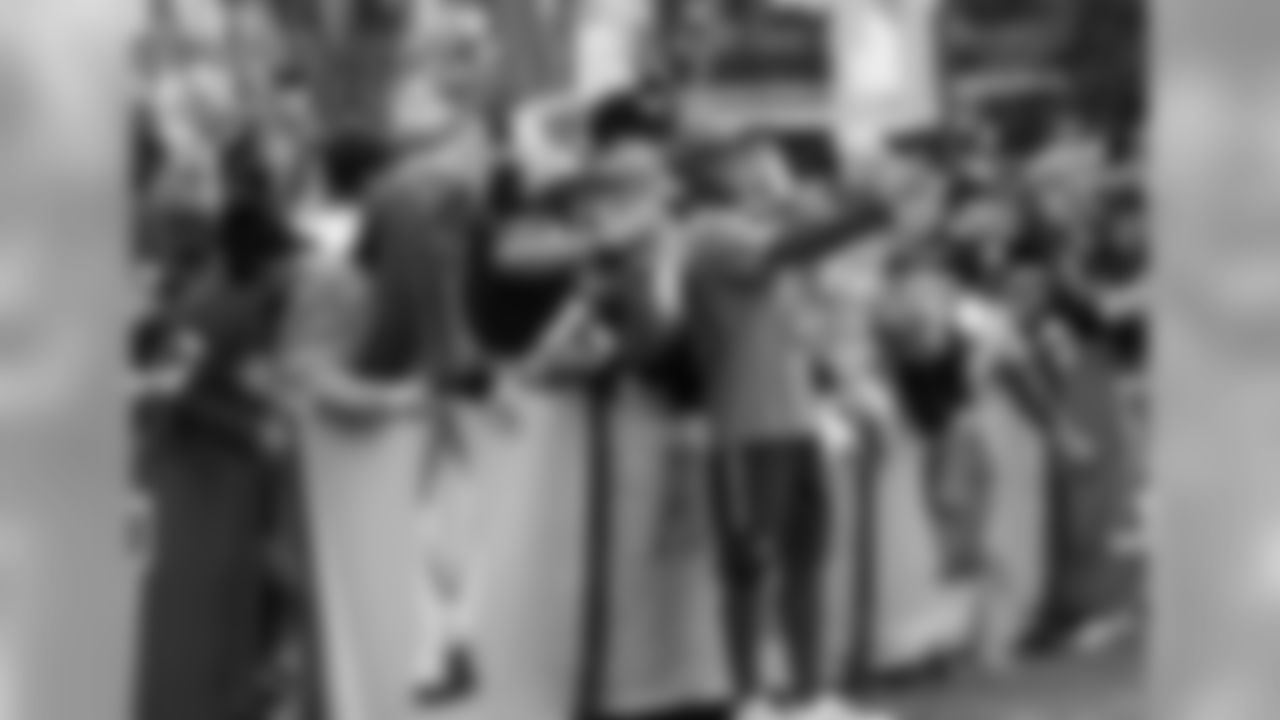
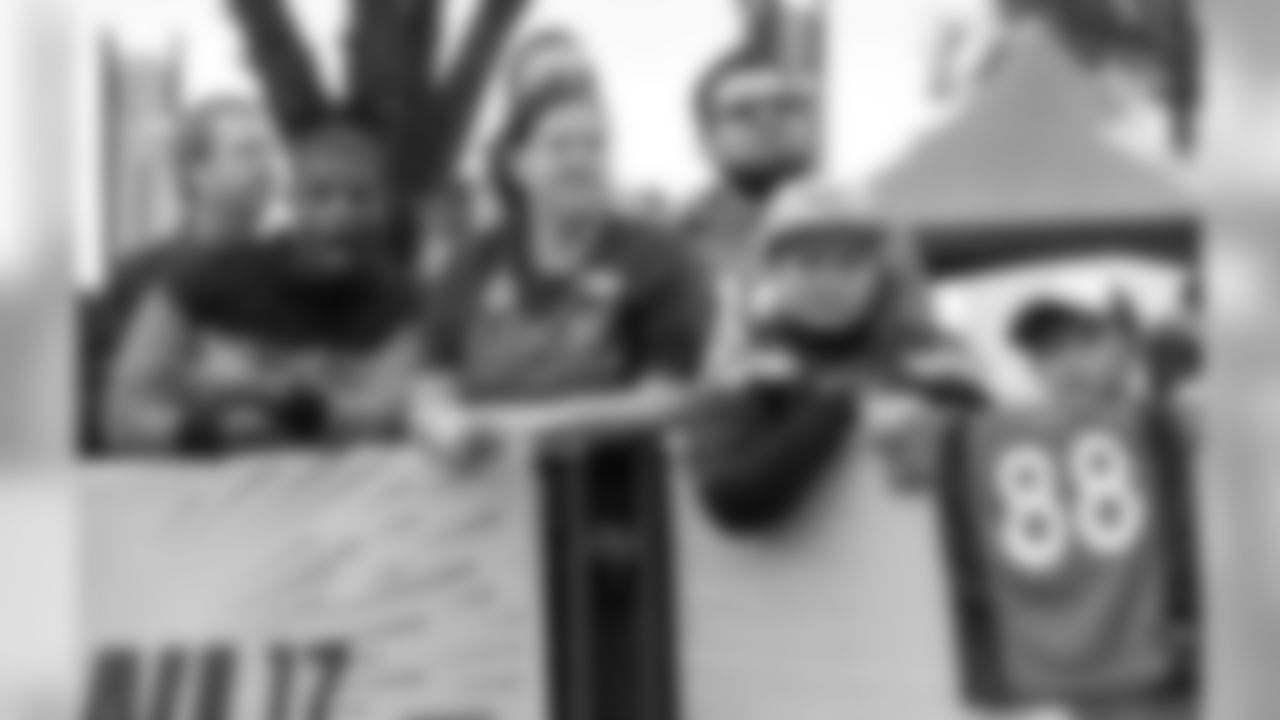


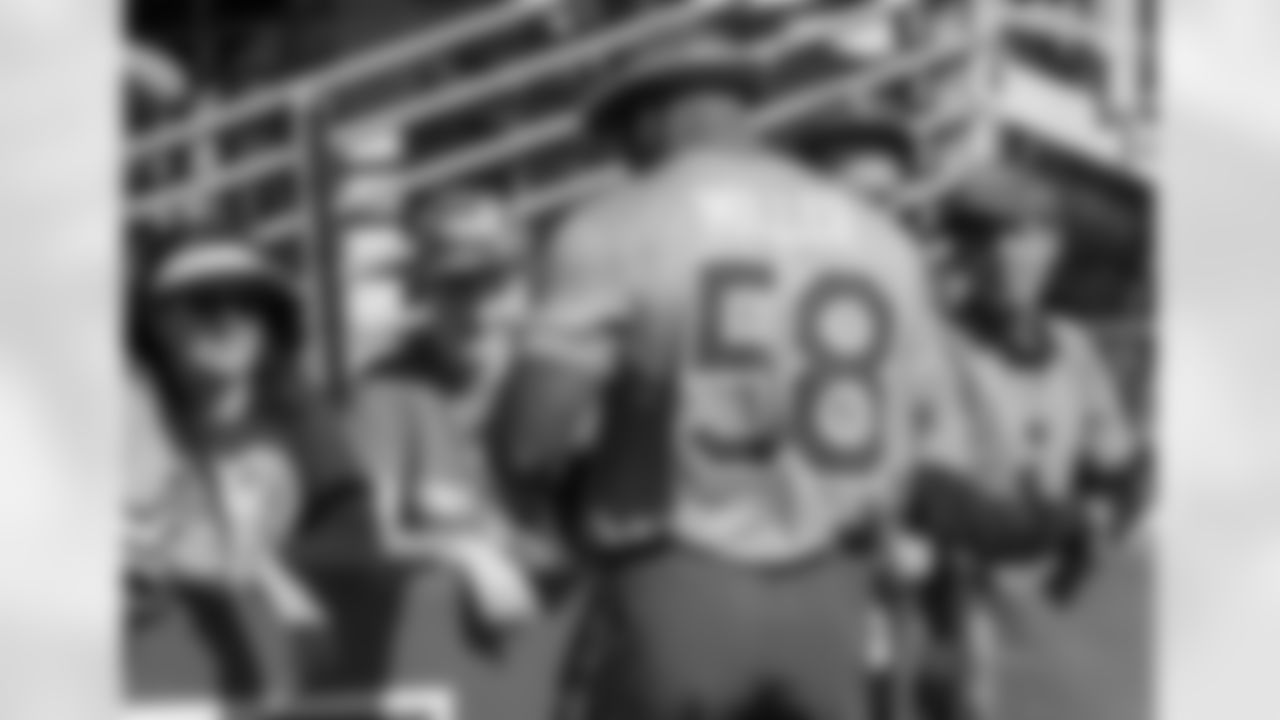
The individual might not be able to participate for a variety of reasons, but no one wants to be thought of as less than an all-star by his playing peers or league coaches.
I remember well one of our Broncos linebackers, Bob Swenson, telling me one day that "I would just like to be named to the Pro Bowl one time. I can always say, 'I was a Pro Bowl player.'" Indeed he was.
Swenson made the Pro Bowl and fulfilled that part of his NFL dream after an excellent 1981 season.
Anyone who says he does not want to be honored is not being quite straight with us. We might ask the audience to stop applauding, but down deep we are very glad they did.
This year, the Broncos are represented in Orlando by six players: outside linebacker Von Miller, cornerbacks Aqib Talib and Chris Harris Jr., safety Darian Stewart, and wide receivers Emmanuel Sanders and Demaryius Thomas.
The first year of the Pro Bowl was following the 1939 season, and the game was played in Los Angeles' Wrigley Field (not to be confused with the home of the Chicago Cubs).
Due largely to weather issues in January, the Pro Bowl was generally played on the West Coast, moving to Gilmore Stadium in LA for two years before bouncing to the East Coast for games at New York's Polo Grounds (1942) and Philadelphia's Shibe Park (1942). Then it returned to the West Coast and was played at the Los Angeles Memorial Coliseum from 1951 through 1972.
But before the AFL-NFL merger in 1970, the American Football League too had an all-star game, which was played in San Diego, Houston, Oakland and Jacksonville over the 10 seasons of the AFL.
The Pro Bowl left LA for Dallas, Kansas City, Miami, Seattle and Tampa before returning to the fabled Coliseum one more time in 1979, then heading to Aloha Stadium in Honolulu for an extended stay.
Just as Pro Bowlers come from many different teams, there are also a lot of cities anxious to show themselves off to the participants and a national television audience. And now Orlando is host to the NFL's gathering of the league's top players.
It was played at Aloha Stadium from 1980 through 2009, took a brief sojourn at Sun Life Stadium in South Florida for the 2010 game, then returned to Hawaii until 2015.
But the NFL is always looking for ways to rejuvenate, and the Pro Bowl game went to Phoenix in 2015, back to Hawaii last year, and now takes place in Orlando.
The uniforms can change (and have), the format can change (and it has), the location can change (that too), but the competitive spirit within our players and the recognizing of great performances does not change.


